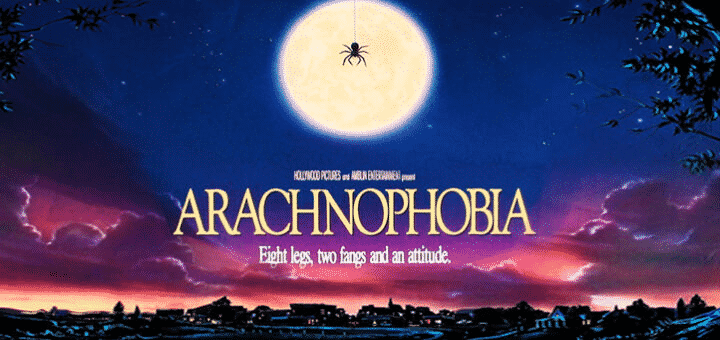Easy on the usual violence and gore and with a (very) dark sense of humour running through it, the ‘thrill-omedy’ Arachnophobia left critics confused, but was a hit with audiences who enjoyed its charm.
Let’s take a look back at Arachnophobia with some facts about the film you may not have known – be advised: if you have a fear of spiders, turn back now!
20. Most of the spiders in the movie are actually harmless… most of them
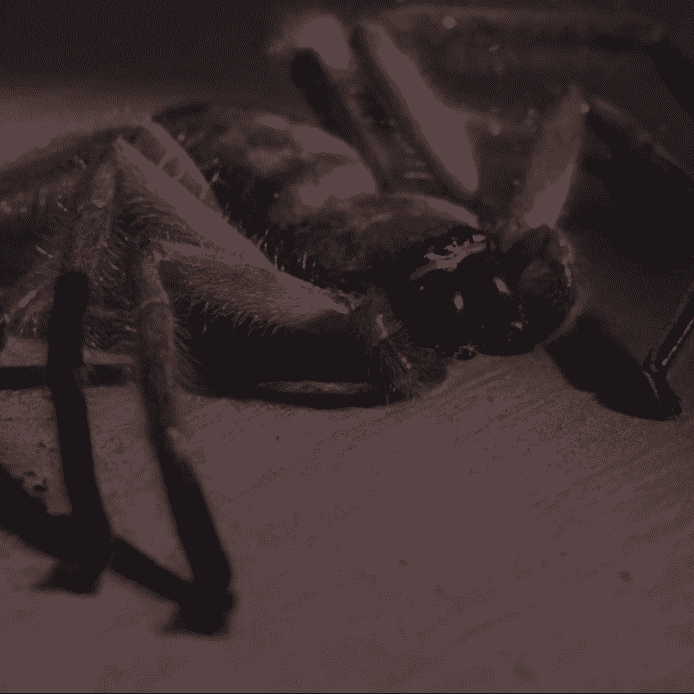
The small arachnids seen in the movie are Avondale spiders; also known as Delena Cancerides, it’s a species of spider from New Zealand that’s actually harmless to humans. They were provided by Landcare Research in Auckland, but due to quarantine rules weren’t able to return to New Zealand after production finished.
[rtk_adunit_top]
The larger spider seen in the film, however, was actually a species of bird-eating tarantula, and they have been known to grow to a leg span of 8 inches and more.

These killer spiders can provide a nasty bite to humans, so the cast and crew had to be extra careful around theirs.
[rtk_adunit_middle]
All of the creepy crawlies in the film were handled and supervised by Steven R Kutcher, an entomologist who earned the nickname ‘The Bug Man of Hollywood’ for all his insect-based movie work.
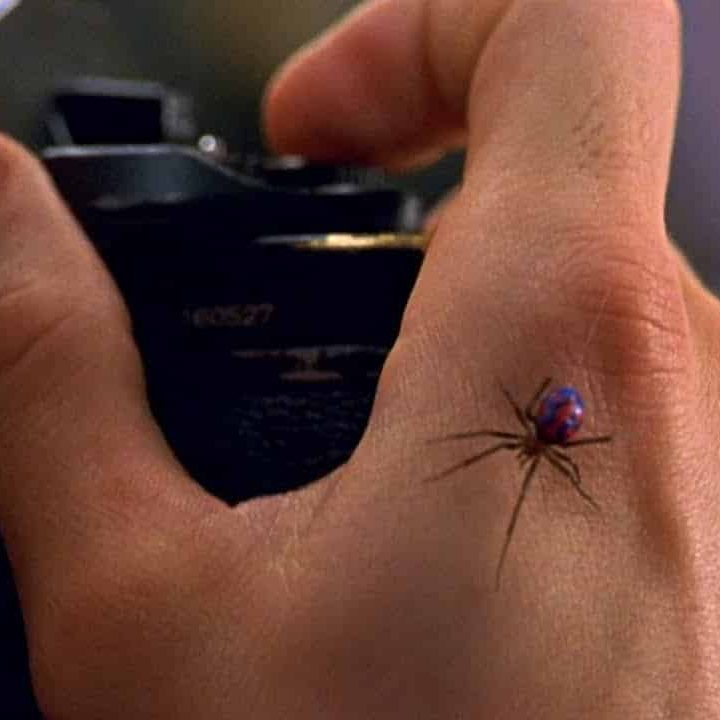
Though now retired, Kutcher continued to work on films and appear on talk shows promoting the understanding of some of nature’s less loved creatures until the late noughts, and has been promoting a ‘bug painting’ project.
[rtk_adunit_bottom]
19. The film’s one big spider was named after a famous filmmaker

The large spider used for the film measured almost a foot across and was native to the Amazon rainforest. The spider was nicknamed Big Bob after the director Robert Zemeckis, a friend of the filmmakers.
[rtk_adunit_top]
Big Bob was the only spider in all of the United States who was big enough for the team behind Arachnophobia to use, and even then they had some additional costume ideas for Bob.
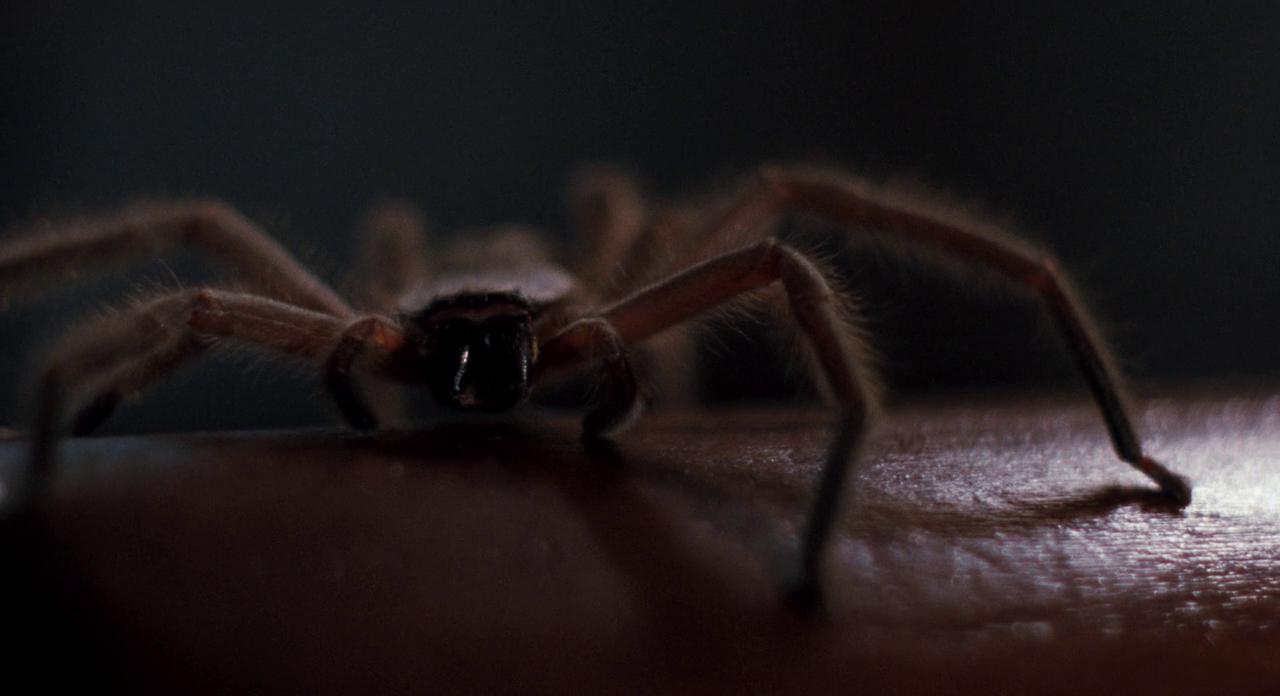
Producers painted purple stripes on his back and even added a prosthetic abdomen to bulk him up and give him a more intimidating look. Big Bob really was one of the big stars of the flick!
[rtk_adunit_middle]
Star Jeff Daniels said that he had no issues at all with the smaller spiders in the film but that “anyone in his right mind” would have an issue with Big Bob.
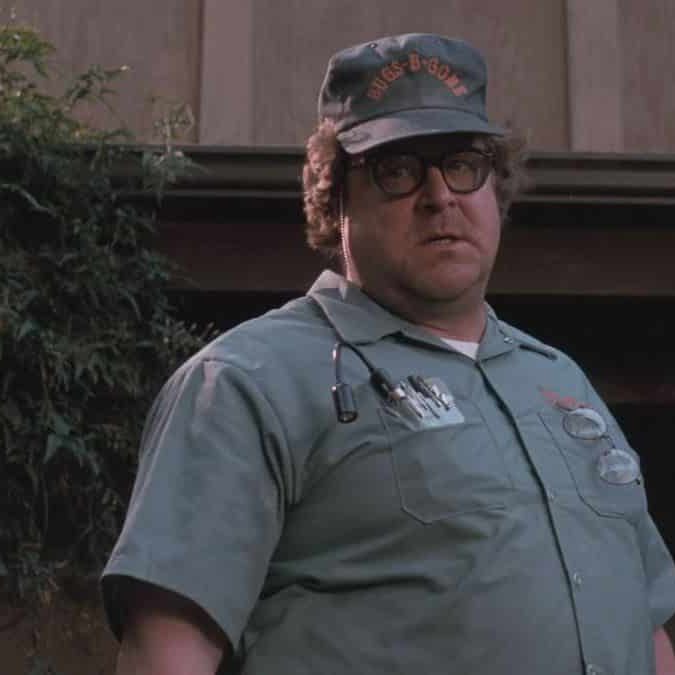
John Goodman provided some much-needed comic relief on set and did not have such an issue with Big Bob, adding in characteristic fashion, “I don’t have any problem. We see each other eye to eye; well, two eyes to their 16, but we get along swell.”
[rtk_adunit_bottom]
18. The movie was modelled after Alfred Hitchcock’s The Birds
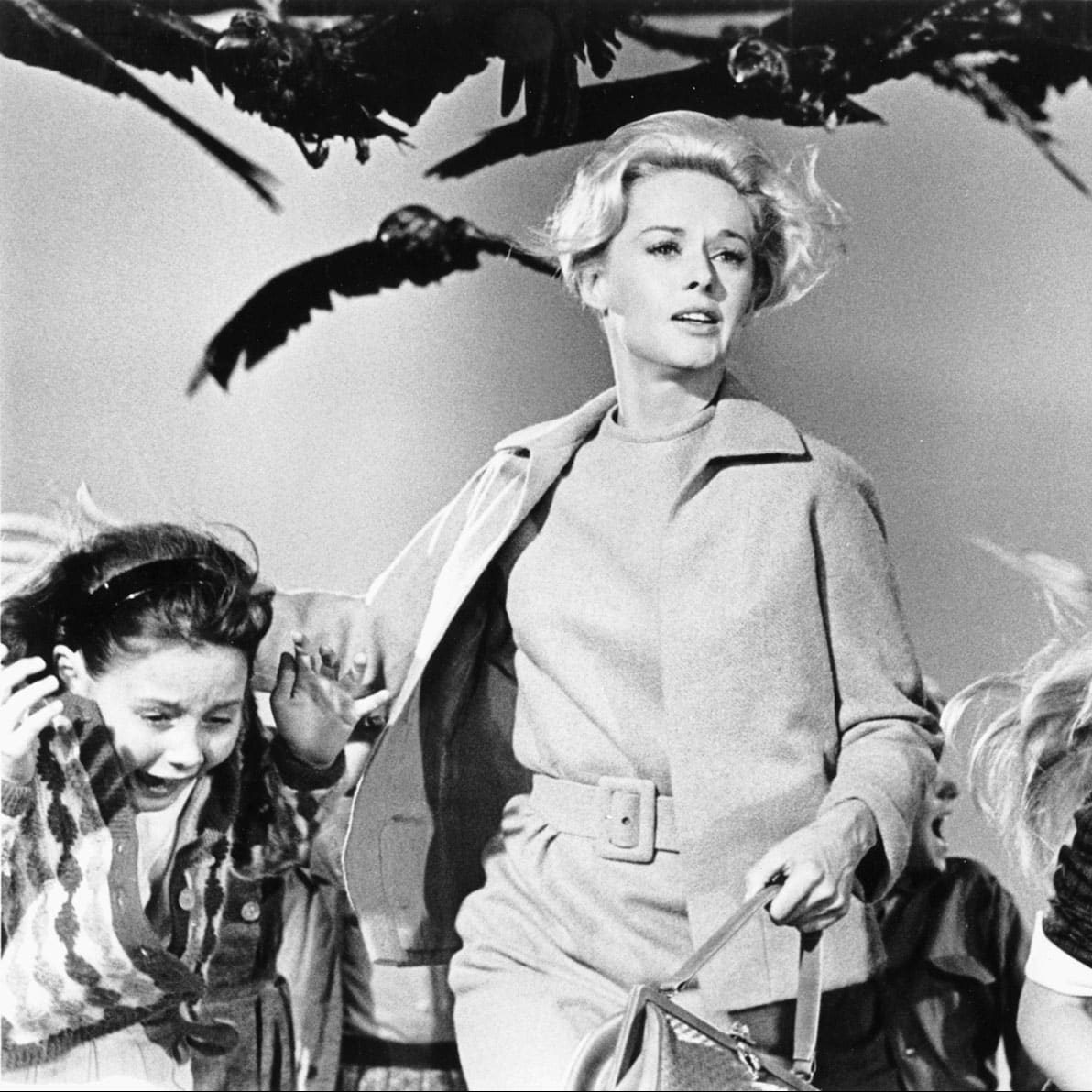
Director Frank Marshall wanted his movie to have a similar tone to Alfred Hitchcock’s The Birds (1963), saying that “People like to be scared but laughing, like a rollercoaster. No one wants to be terrified.”
[rtk_adunit_top]
Marshall added that he didn’t want to shoot “the spider that ate Cleveland,” either, or – to put it simply – a generic monster movie with a single terrifying beast that must be overcome.
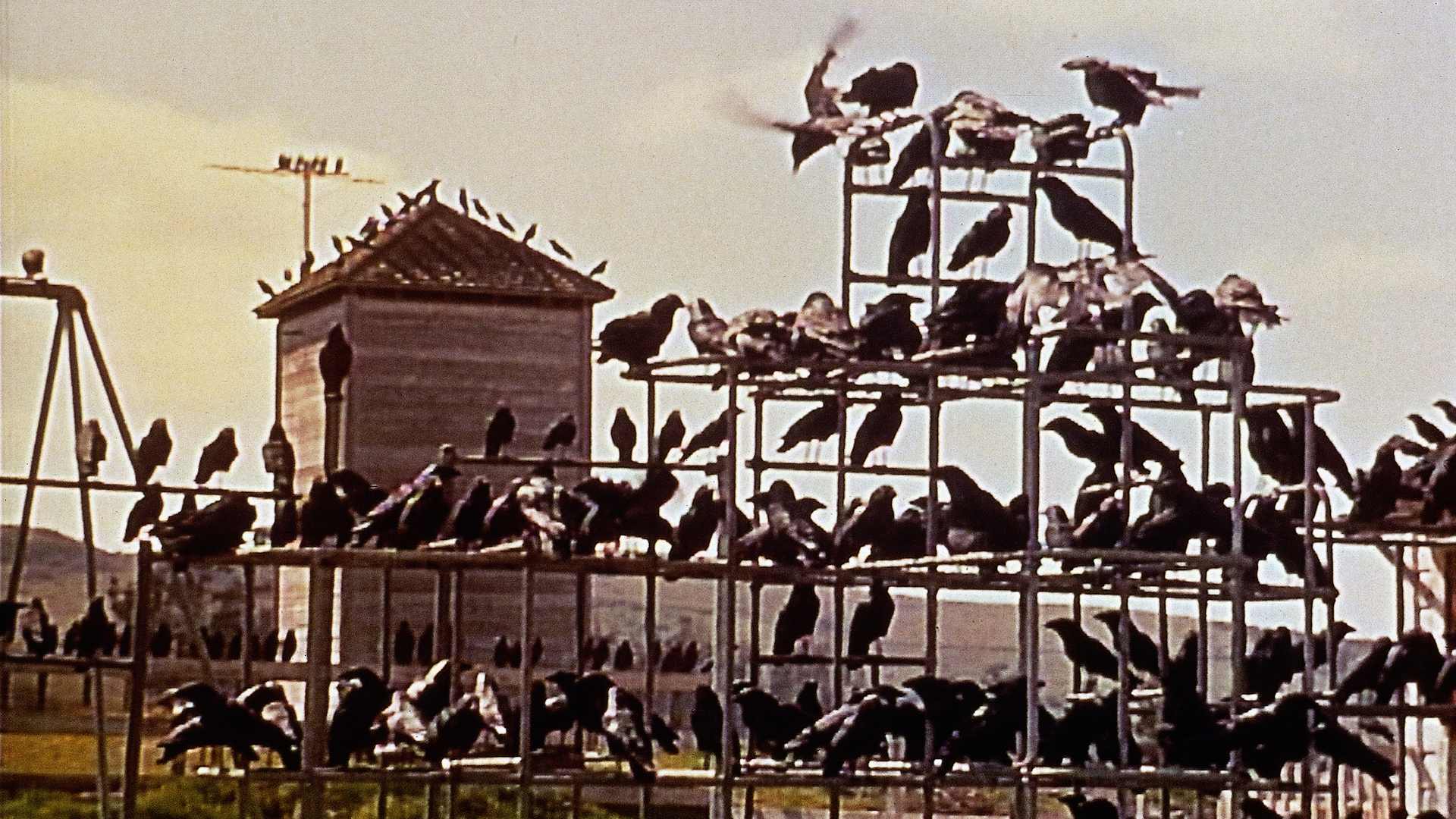
Similarly, The Birds is more concerned with the cumulative effect of a swarm of birds, rather than featuring one Godzilla-esque bird. In the film’s most famous scene, birds gradually flock into a park; the greater their number swells, the greater the suspense.
[rtk_adunit_middle]
When it was released, The Birds received mixed reviews, with some criticising the inability to suspend disbelief in scenes where the birds seemed to act with murderous intent. However, its standing has vastly improved over time, and it’s now considered one of the greatest horrors ever produced.
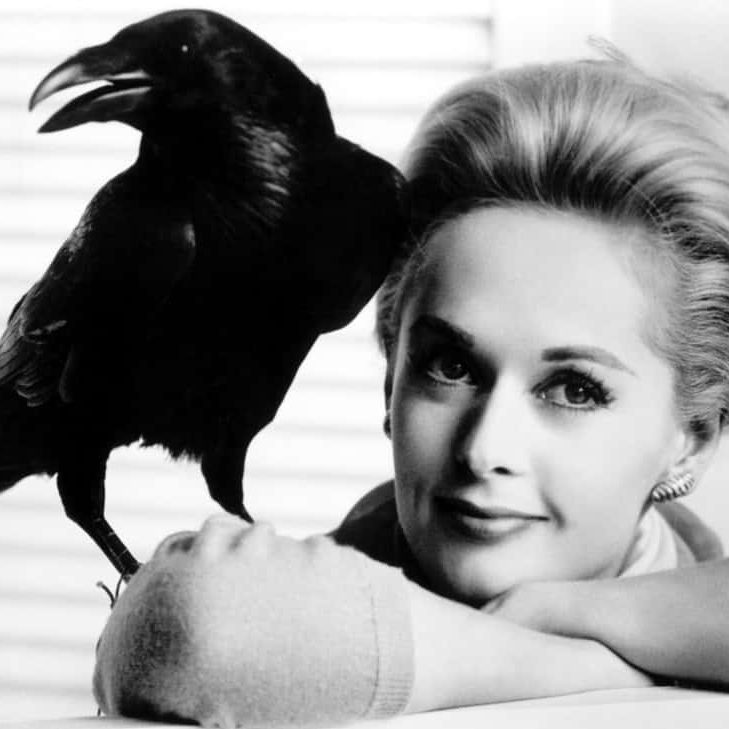
Arachnophobia received a similarly ambivalent reception – but the lesson learned from Hitchcock is that it might yet come to be seen as a classic!
[rtk_adunit_bottom]
17. The film launched Disney’s more adult-oriented division

Arachnophobia was the first movie released under the new Walt Disney’s Hollywood Pictures label, which Disney created to release slightly more adult-orientated movies.
[rtk_adunit_top]
At the time of the label’s launch, the Disney CEO at the time, Michael Eisner, hoped that it might become a fully-fledged studio alongside Touchstone Pictures, and the warm commercial reception for Arachnophobia meant the future was bright.
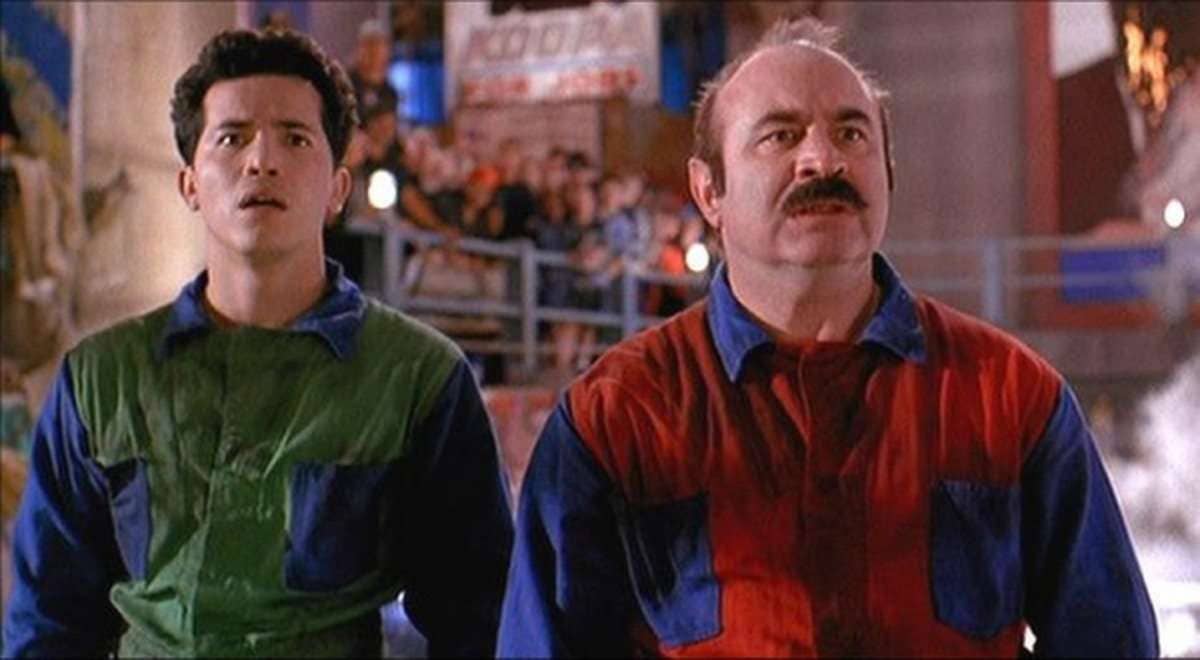
Unfortunately, it wouldn’t last. Hollywood Pictures released a series of critical and financial flops, such as Super Mario Bros (1993) and Holy Matrimony (1994).
[rtk_adunit_middle]
The biggest success came when the studio released The Sixth Sense (1999), which grossed over half a billion dollars worldwide, and better fit the original intent of the label – to produce movies with a darker tone – than the contrived comedies it generally released in its first few years.
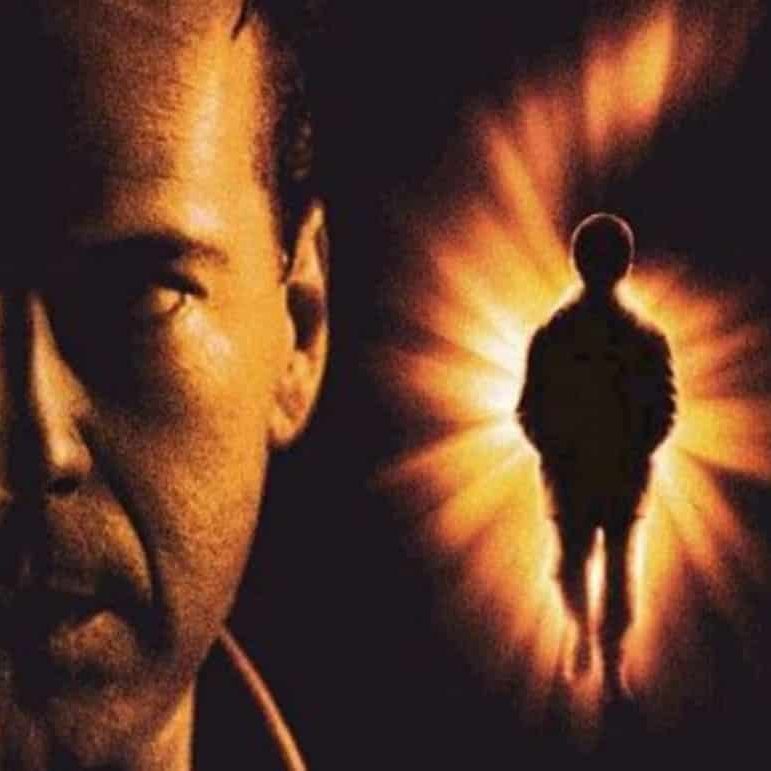
However, the Hail Mary from M Night Shyamalan wasn’t enough to save the brand, and Disney stopped releasing features under the label in 2006.
[rtk_adunit_bottom]
16. Jeff Daniels said the spiders ‘came first’ during the production
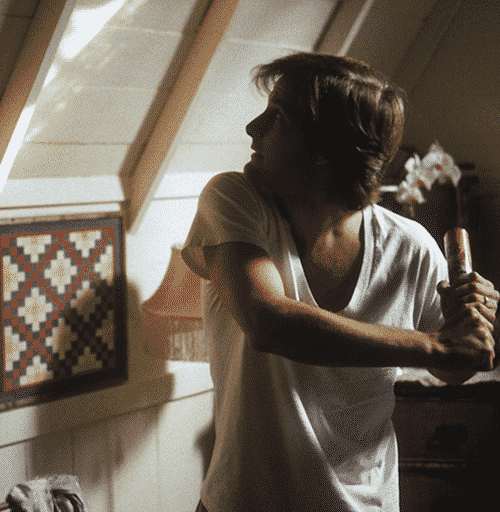
“You have to realize from day one of shooting that the spiders come first,” Jeff Daniels memorably said during production. “They’re picked up first in the morning, they’re first in the chair at makeup, they take lunch first. And they’ve also got the biggest trailer.”
[rtk_adunit_top]
He was joking, of course, but the team behind Arachnophobia really did take pains to ensure that no animals were harmed during the production, and devised some ingenious ways to produce their movie while not sending a single creature to spider heaven (or, if you’re arachnophobic, hell).
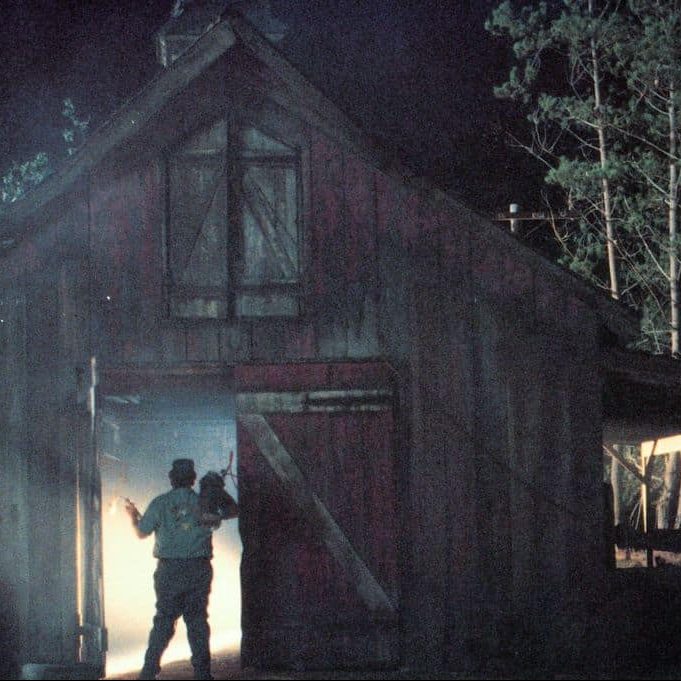
Perhaps the most ironic example is the safety measures taken during the scenes with John Goodman, who plays exterminator Delbert McClintock. When spraying insecticide, Goodman would always be spraying dummy creatures, and when crushing any bugs he wore a specially designed boot with a hollowed-out sole.
[rtk_adunit_middle]
When the spider was ‘squashed’ it would in fact just curl up inside the little cubbyhole in the boot and wait for the next take. Now that’s acting!

Whenever dead arachnids were required onset, the team didn’t just take the easy road and kill some – they imported spiders who had specifically died of natural causes.
[rtk_adunit_bottom]
15. The sound of spiders being crushed is actually crunched potato chips

Spiders infamously have an exoskeleton, which contains their gooey insides much as a tin can contains beans. Humans, of course, are the other way around, with fleshy bits on the outside and an endoskeleton protecting vital organs.
[rtk_adunit_top]
Basically, when you crush a spider, you’d expect to hear a resounding crunch as the carapace cracks. Pretty gross – but for some people in the film industry, considering these things is a big part of their job.
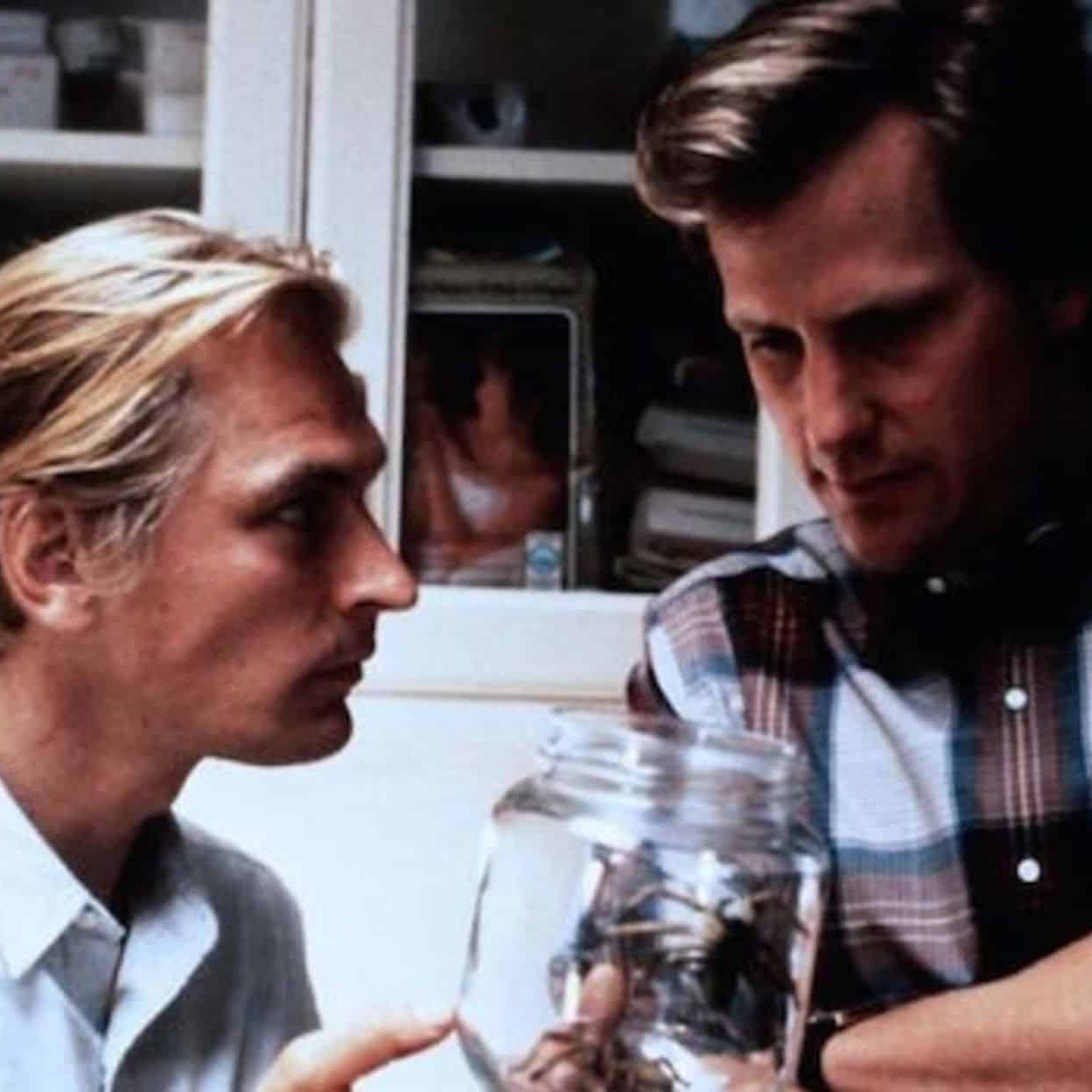
Given the production team’s stipulation that no animals be harmed, they obviously couldn’t crush actual spiders in order to achieve that crunching noise. And even if they did – without trying to be too distasteful – you wouldn’t get enough crunch for your spidery buck anyway.
[rtk_adunit_middle]
Keeping all of these factors in mind, the foley artists working on Arachnophobia came up with a genius idea: to achieve that distinctive crunching noise, they stepped on potato chips.

So if you have a fear of spiders but get roped into watching Arachnophobia, just remember that those disgusting noises are just potato chips. But the next time you have a snack, you might be in trouble.
[rtk_adunit_bottom]
14. MythBusters’ Jamie Hyneman worked on the special effects

As much as Arachnophobia attempted to use spiders acting naturally, the rigour of a Hollywood movie schedule can’t wait.
[rtk_adunit_top]
And when you have uncooperative arachnids – upwards of 20 takes were needed to get some of the spider shots in the can – you need someone who doesn’t just tell the myths; you need someone to put them to the test. But before MythBusters launched, Jamie Hyneman was a rising special effects star in the industry, and so he signed up to work on Arachnophobia.

In particular, the movie’s schedule was harshest on Big Bob, so Hyneman was brought in to create a fully mechanical 15-inch double for use in the more demanding scenes.
[rtk_adunit_middle]
Hyneman also built several other, smaller, mechanical spiders that you can see scurrying towards people and up their trouser legs.

But it wasn’t just robots that Hyneman loved. He admitted that he actually kept Big Bob as a pet after shooting concluded, who “lived for about 10 years after the movie was made.”
[rtk_adunit_bottom]
13. The producers employed some ingenious spider control techniques
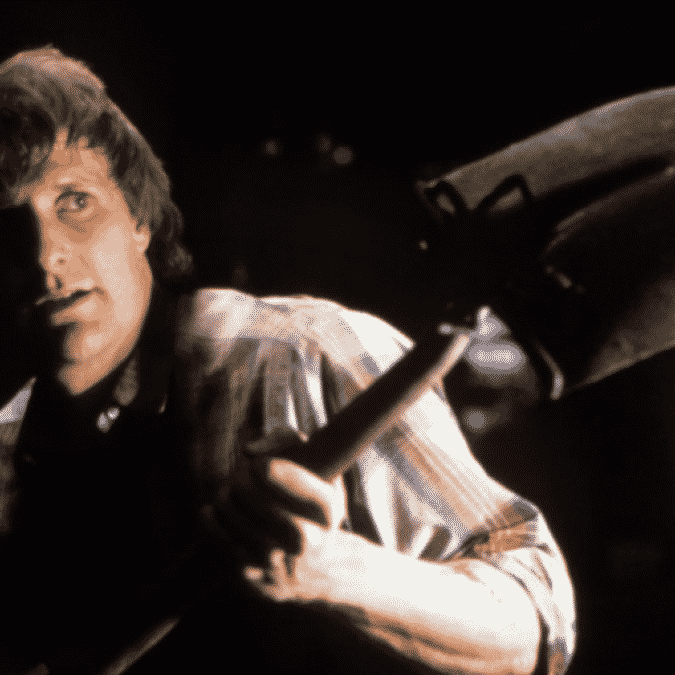
Keen to get as much out of their eight-legged actors as possible, the film’s crew developed some remarkable ways of influencing the spiders’ movements while still keeping them safe.
[rtk_adunit_top]
To make the spiders scurry across the ground, the team would blow warm air from a small hot air gun to encourage them to move. Still, when ‘attacked’ in this way, spiders prefer to scatter rather than run in formation as we see in the movie.

To solve this problem, producers discovered that the Avondales preferred to avoid Lemon Pledge, both because of its acidic smell and its effects on their little spider feet, so enclosed paths were created within the otherwise invisible lines of Pledge.
[rtk_adunit_middle]
In some cases, to avoid acclimatising the film’s stunt bug actors to the effects, a vibrating wire – moving so quick as to be unseeable – also kept the spiders in line. In situations where very specific movements were required, incredibly thin ‘leashes’ were designed that would be attached to the creatures’ abdomens with wax.
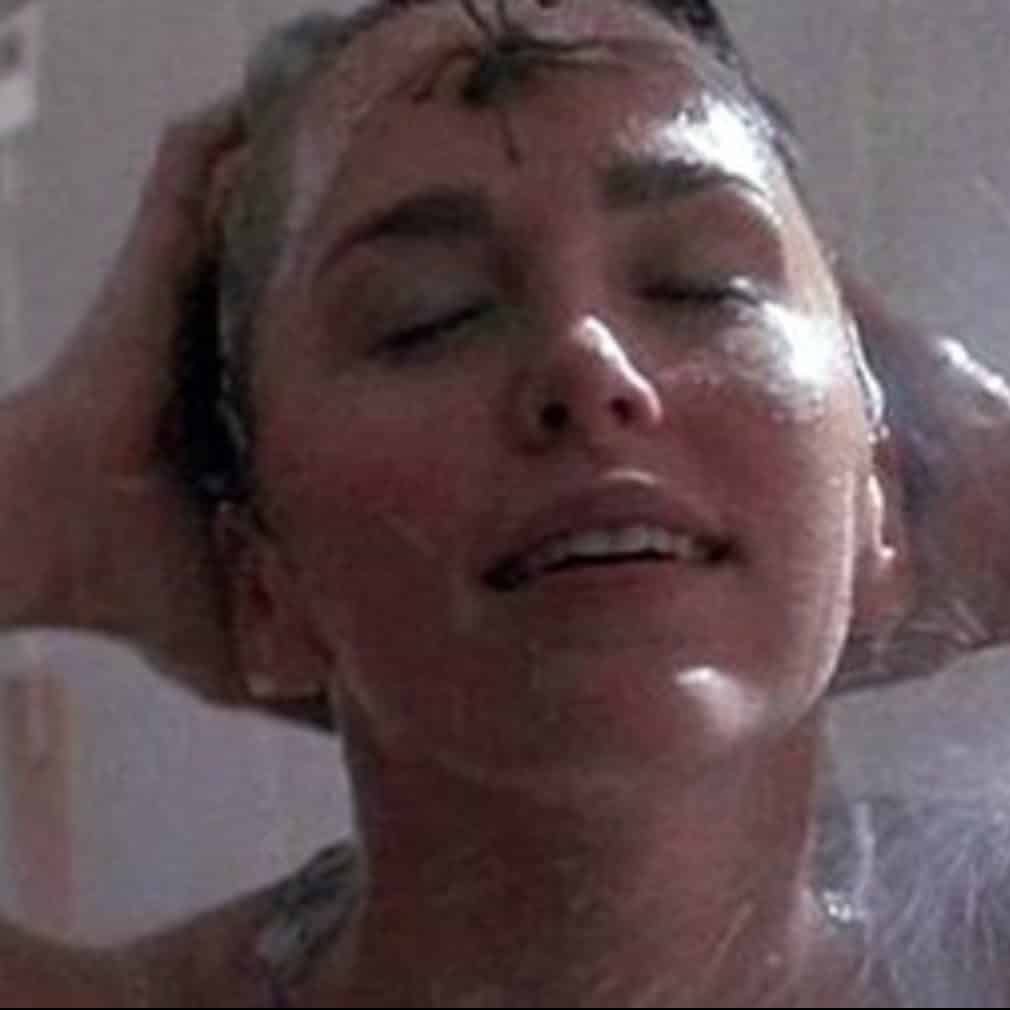
The team were helped in the fact that the spiders were surprisingly co-operative: while they were unable to be trained due to their lack of brainpower, they were able to work in groups without cannibalising each other. It’s a low bar, for sure, but quite impressive in this harsh political climate.
[rtk_adunit_bottom]
12. Canaima is a real place… just not in California
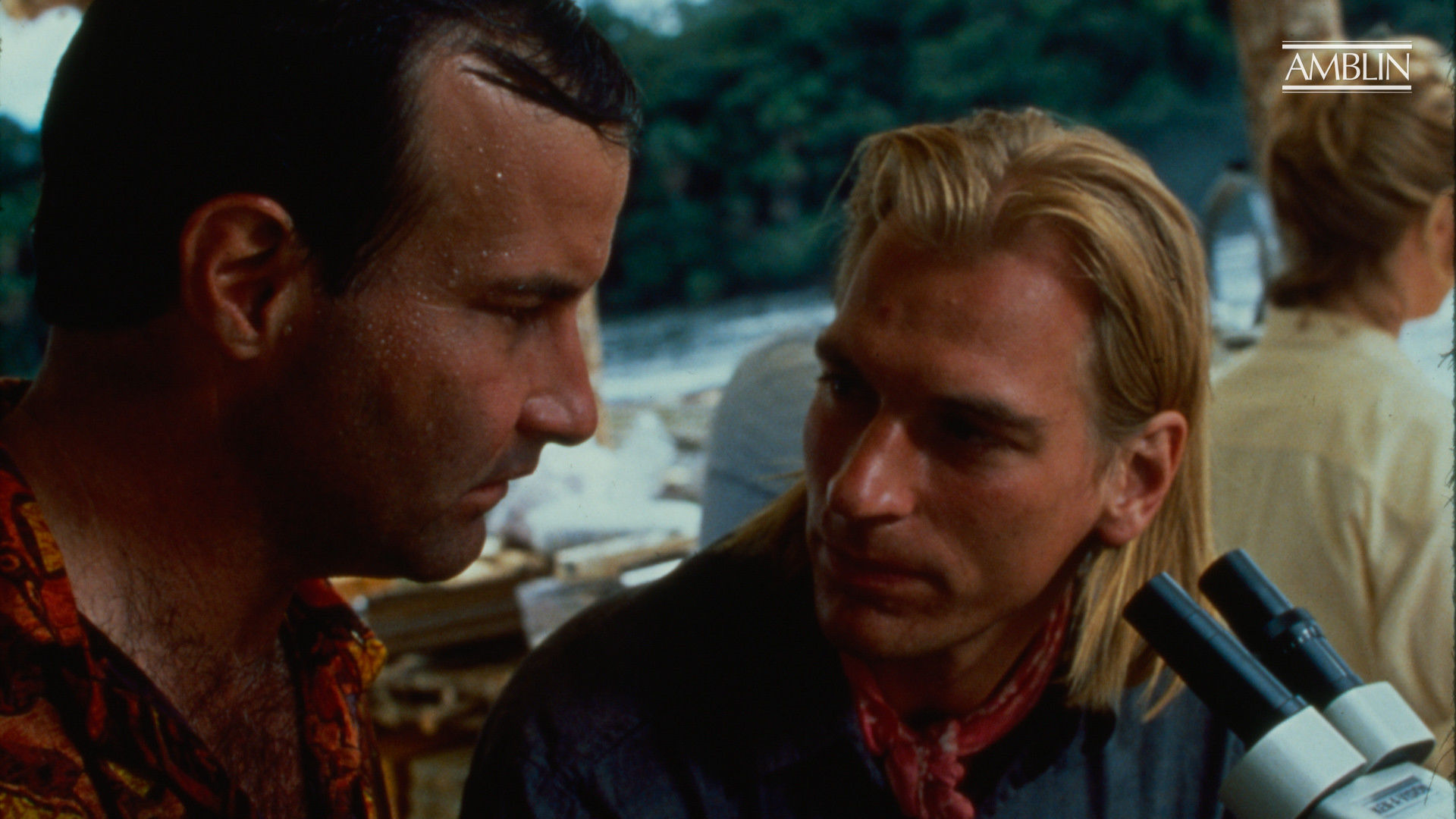
When scary movies choose their settings, they often make the location up, for a couple of reasons. One, they wouldn’t want to inspire panic in an actual place, or get into complicated legal tangles with actual figures for suggesting that a real city was suffering from a deadly spider infestation.
[rtk_adunit_top]
Two, making up a name and therefore making up a generic town plays to your advantage in a scary movie: it means the story could truly take place anywhere – perhaps in the exact town where the picture is screening – for extra thrills.

Arachnophobia follows this trend, and is set in the fictitious California town of ‘Canaima’, but you might be interested to learn that this name didn’t just come out of nowhere.
[rtk_adunit_middle]
Where was Arachnophobia filmed? Well, filming took place partly in Cambria, CA, and partly in Canaima National Park, which is located in the southeasterly corner of Venezuela that borders Guyana and Brazil. The park is home not only to some exotic spiders but also to Angel Falls, the highest uninterrupted waterfall in the world.
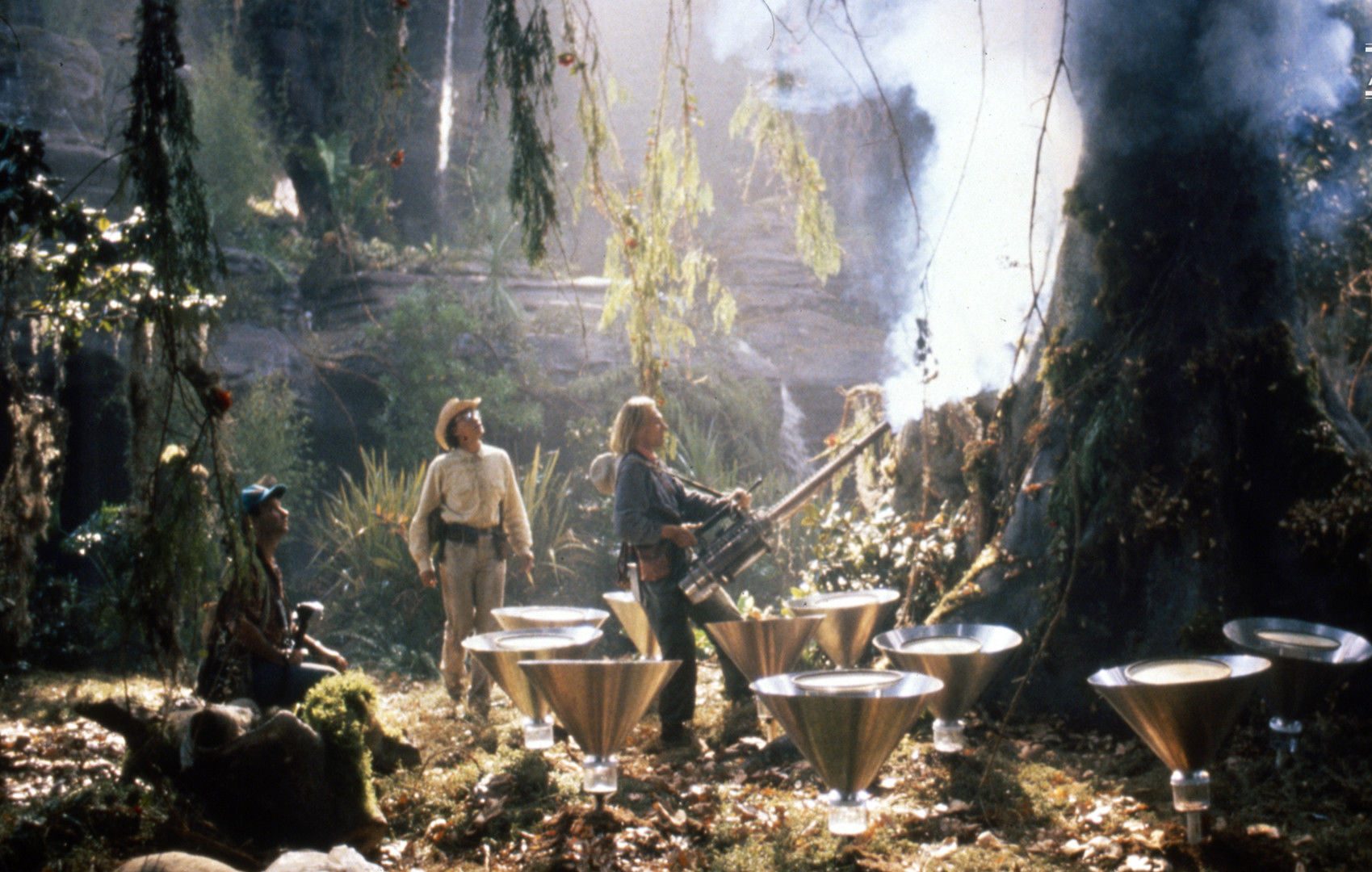
The naturalists in the film can be seen searching various Venezuelan ‘tepui’ for wildlife – a tepui being a large geographic structure known in English as ‘house of the gods’, protected in folklore by avenging angels. This lines up with the plague-style infestation that occurs in Arachnophobia for man disturbing these sacred grounds.
[rtk_adunit_bottom]
11. Steven Spielberg (sort of) appears in the film, hiding in the exterminator truck with John Goodman
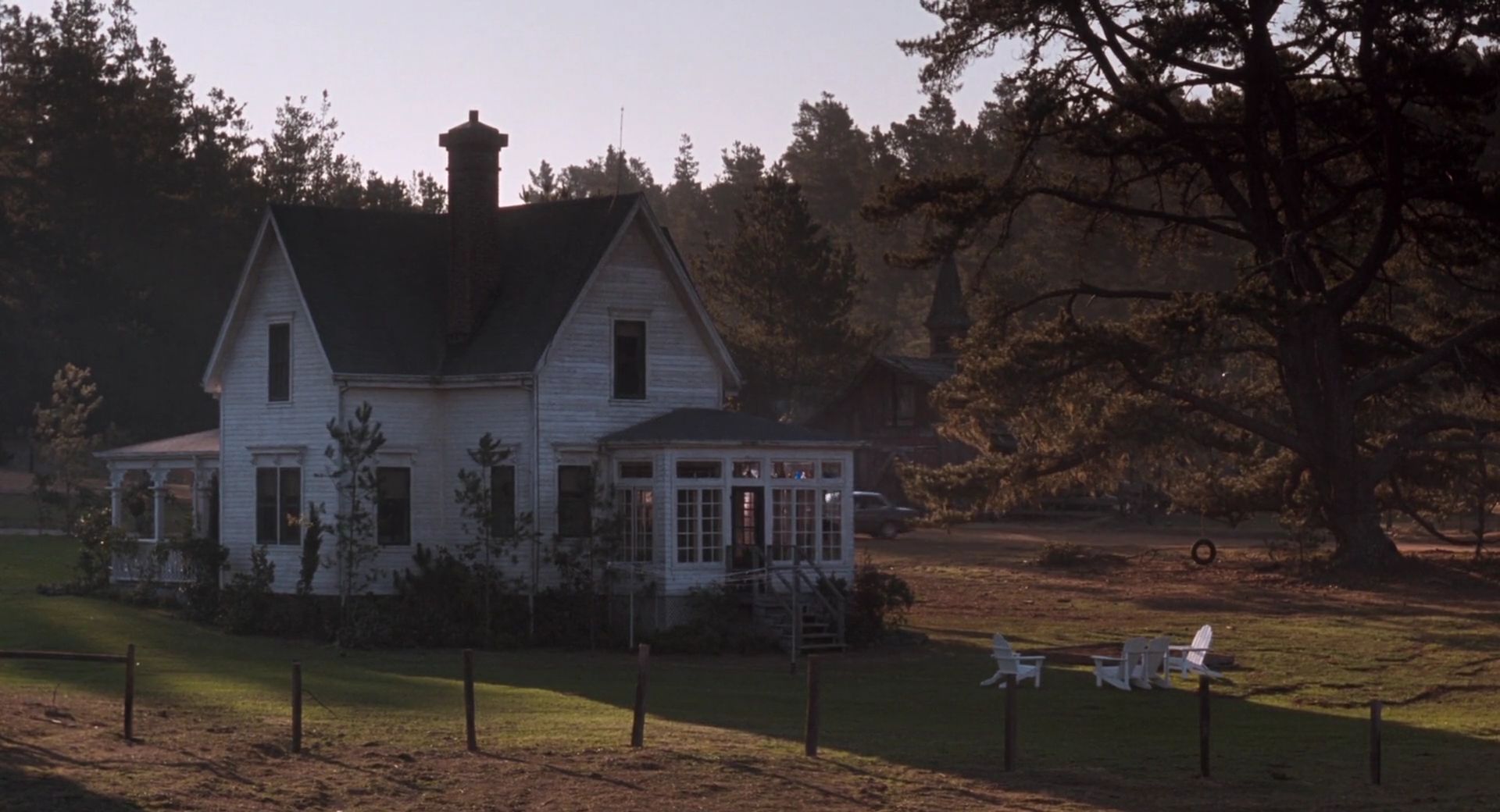
Arachnophobia was an Amblin Entertainment production through and through, and producers drew on their experience working on the horror-comedy Gremlins (1984) to give the picture both a terrifying and comedic kick.
[rtk_adunit_top]
Frank Marshall was one of the founders of Amblin Entertainment alongside his wife, Kathleen Kennedy, and – of course – Steven Spielberg. So when it came time for Marshall to begin shooting Arachnophobia, Kennedy signed on as producer and Spielberg took a more relaxed executive producing role.

However, even though the famed director was less involved in the film than either of his two Amblin co-founders, that didn’t stop him from making a cameo in the film. Then again, does it really count as a cameo if nobody sees you?
[rtk_adunit_middle]
Trust us – he’s in the film. Or, more accurately, trust John Goodman, who in August 2019 admitted in a GQ video interview that Spielberg decided to coast along unseen in his exterminator truck – or more accurately, that of Delbert McClintock – for one of its establishing shots.
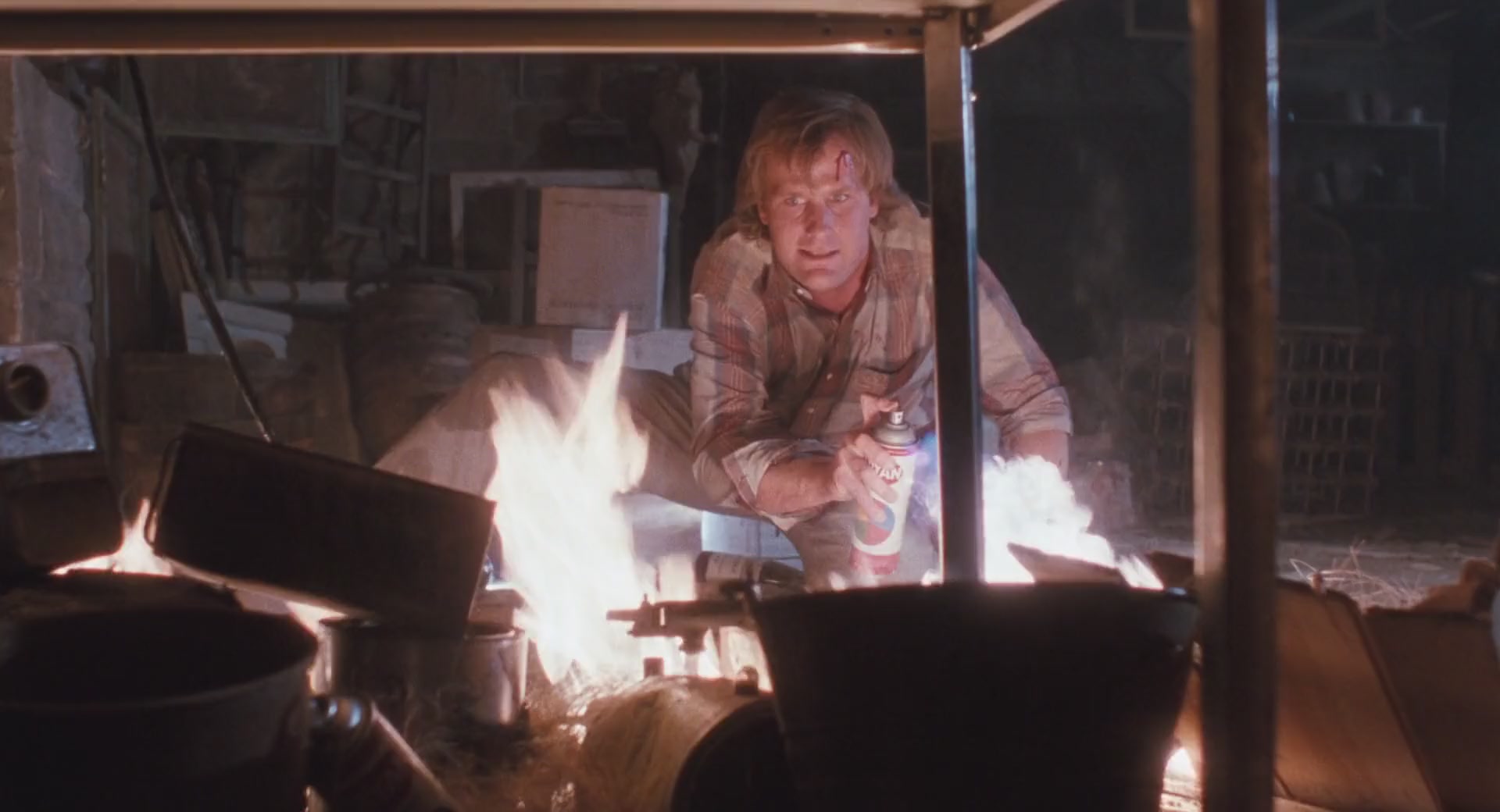
“I’d have a long shot of me driving in a truck and he would be sitting down – hiding from the camera,” Goodman says. “I don’t know why, but he got the biggest kick out of that … ‘Only we will know that I was here.'” Well, the secret’s out!
[rtk_adunit_bottom]
10. It was Frank Marshall’s first film as director
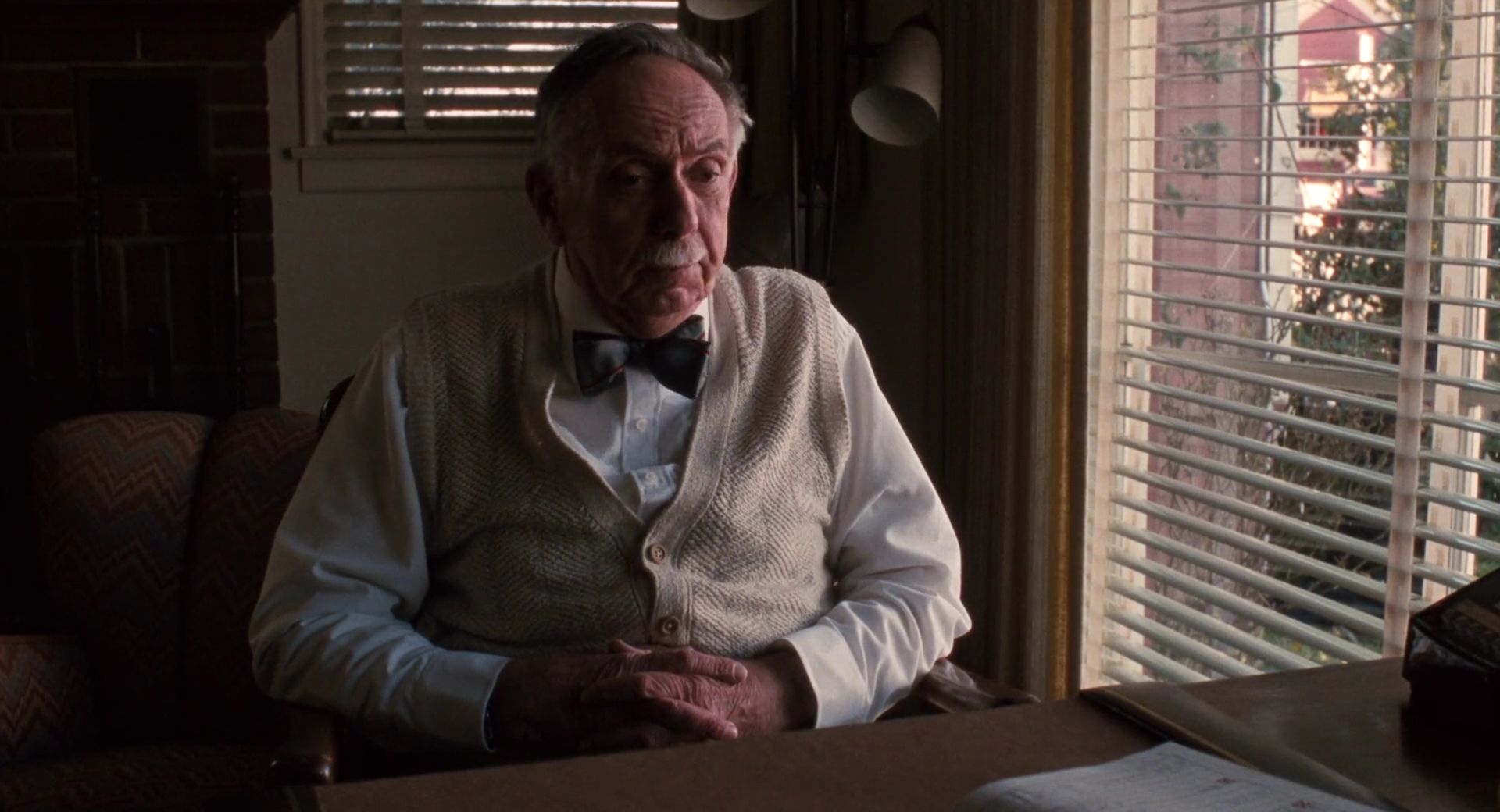
Frank Marshall was, and still is, best known as the producer of some of pop culture’s most iconic films, but Arachnophobia stands out as both his debut and – unfortunately – the height of his fame in the director’s chair.
[rtk_adunit_top]
While he used to be waiter and guitar player at a steak and lobster restaurant in Marina del Rey, Marshall worked his way up the production ladder, and produced five films that garnered Oscar nominations for Best Picture, including The Colour Purple (1985), The Sixth Sense (1999) and Seabiscuit (2003).
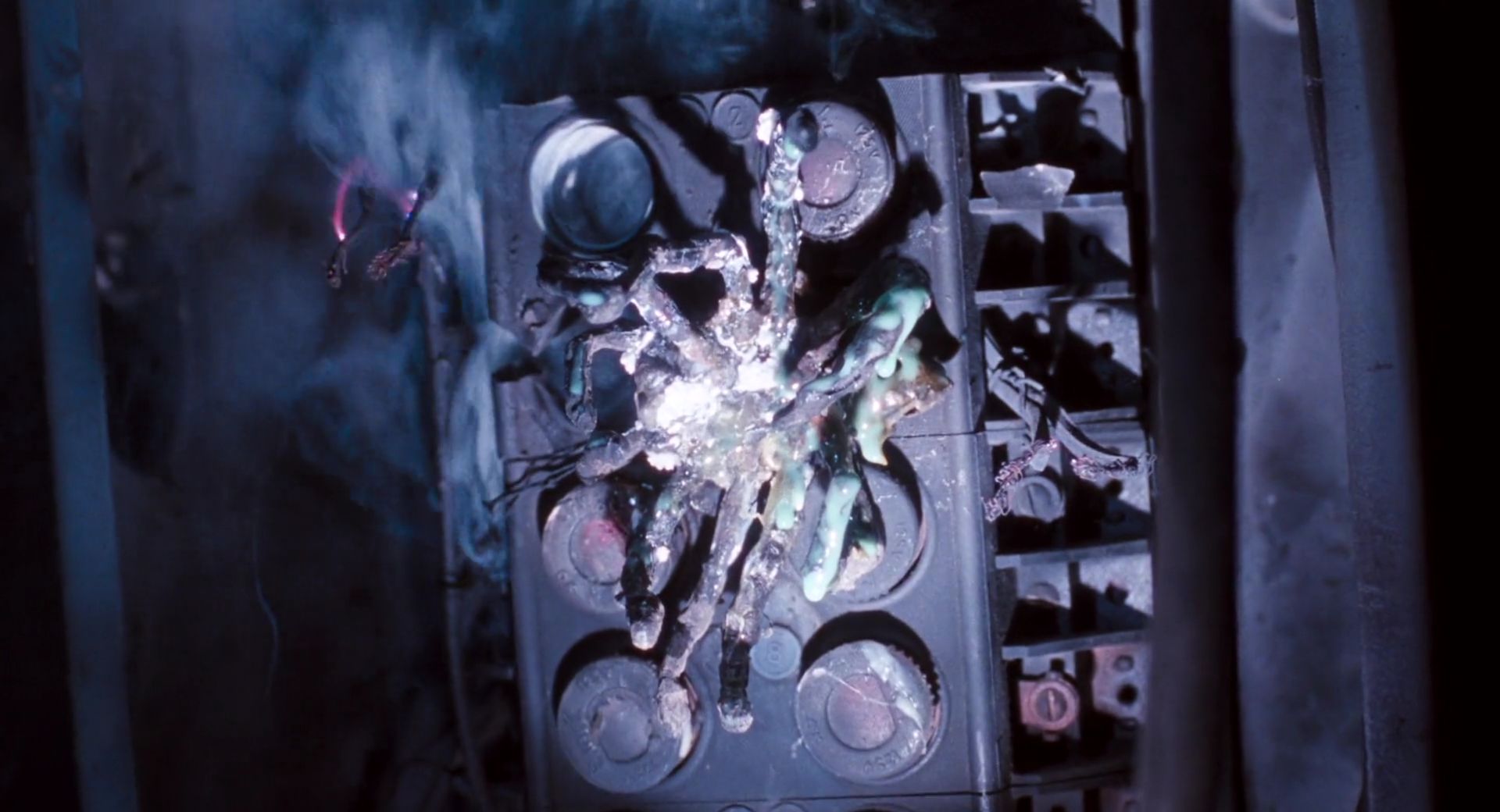
Importantly – and the main reason why Marshall was selected to direct Arachnophobia as his first film – Marshall had personally overseen the use of animals in the three preceding Indiana Jones films, including snakes and rats.
[rtk_adunit_middle]
”As a producer for 20 years, I know how hard directing is, and I didn’t want to do anything I’d had no experience with,” Marshall said. ”Disney’s Jeff Katzenberg sent me the script, and I felt it was something I could do. I didn’t want to get into a serious dramatic piece that might stretch me beyond my capabilities.”
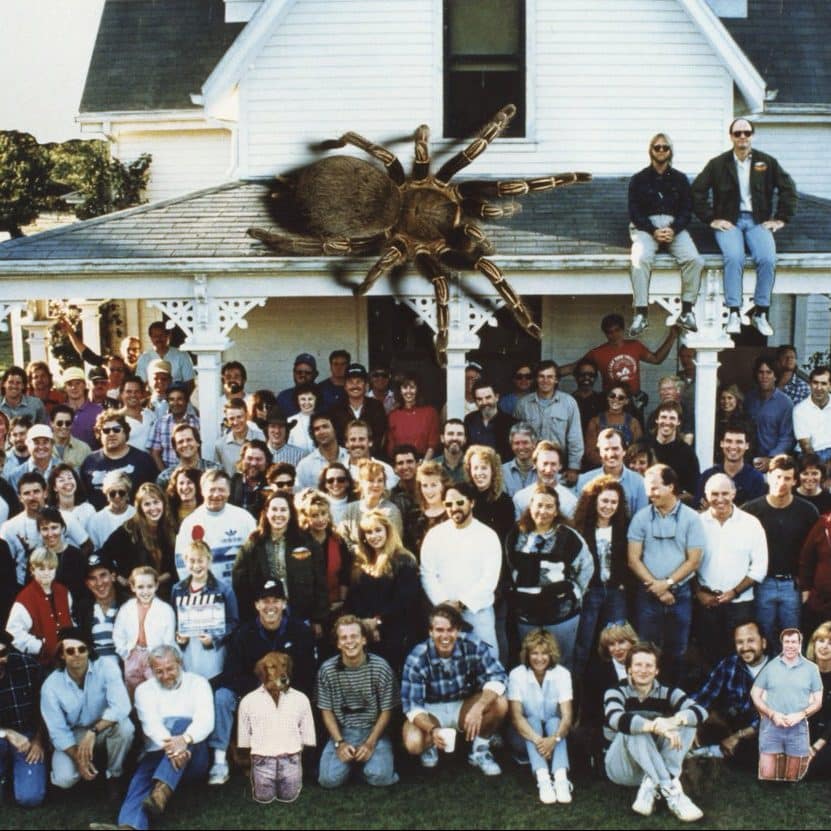
Marshall would go on to direct Alive (1993), Congo (1995), and Eight Below (2008), to mixed reception, though Marshall has continued to produce some of the biggest films of the past decade.
[rtk_adunit_bottom]
9. The climactic scene in Dr Ross Jennings’ house took two weeks to film
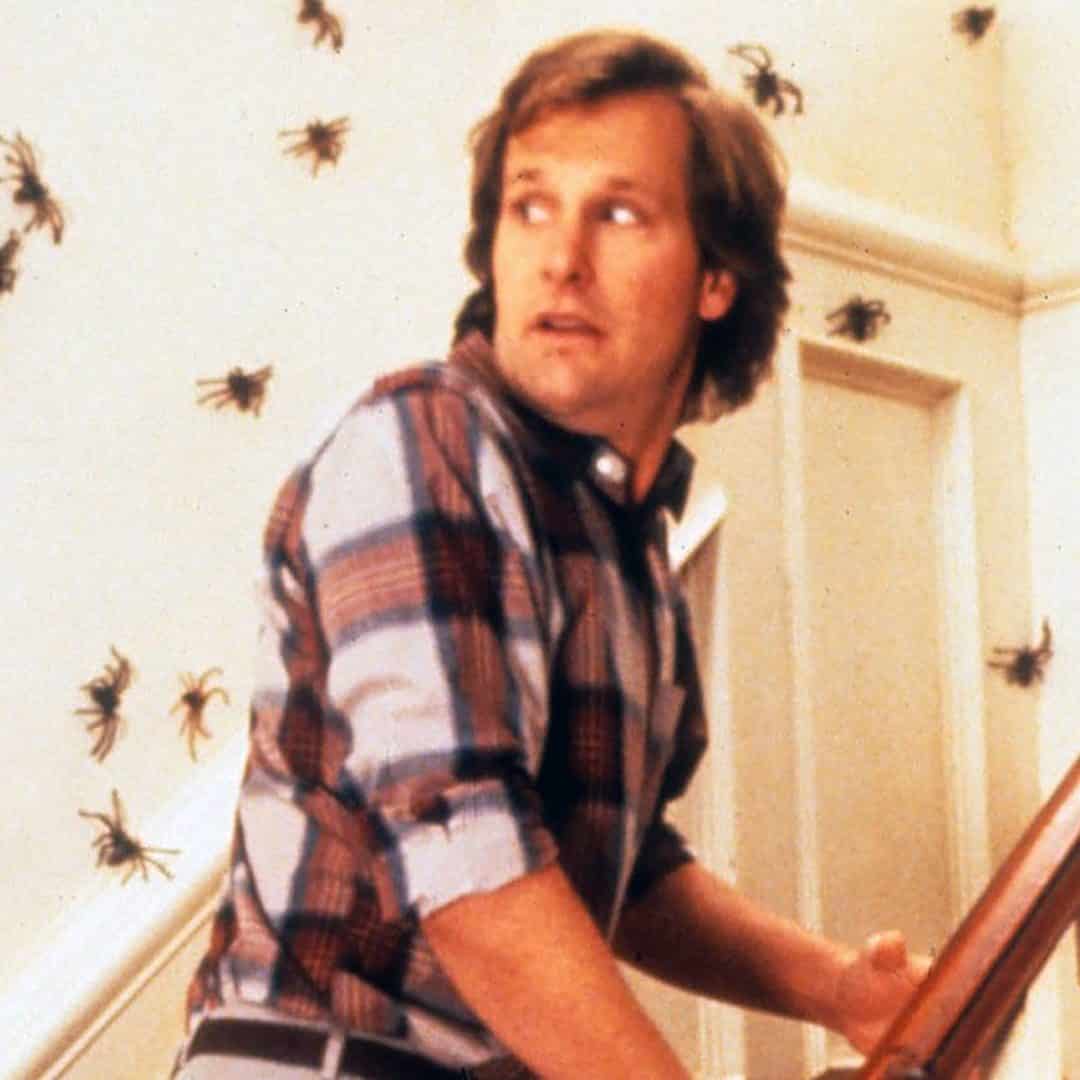
As the end of the film approaches, Dr Ross Jennings (Jeff Daniels) discovers that the spiders have made a second nest beneath his home. While battling the infestation, he falls into his cellar and confronts the nest, which is guarded both by the spider queen and the General (played by Big Bob).
[rtk_adunit_top]
After he electrocutes the queen by throwing it into a fusebox – which, incidentally, is precisely what fuseboxes are meant to prevent, Hollywood! – he must face off against the largest spider in the colony. If that sounds impossibly terrifying and difficult, you might be on the same page as the crew.
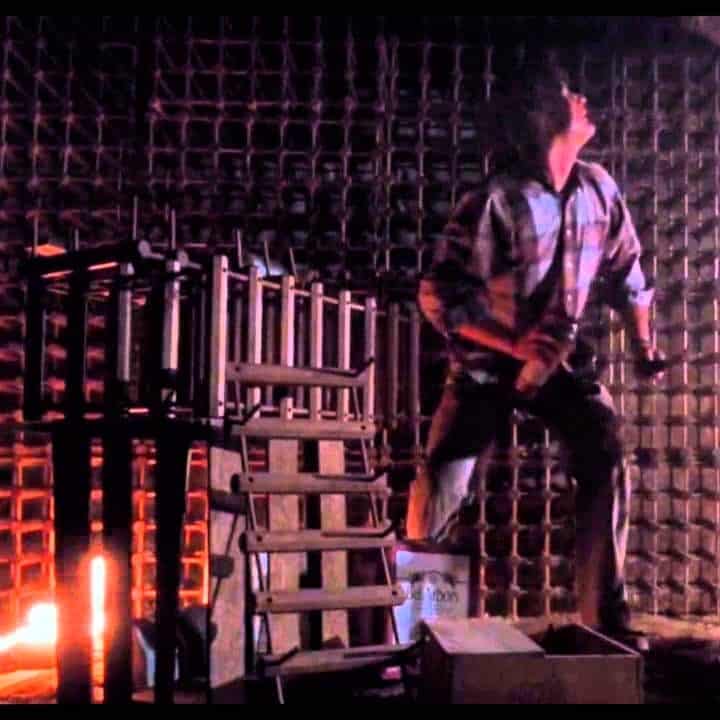
In fact, this sequence was the very last one to be shot, right at the end of production, and Marshall sent all of the other actors home while retaining Daniels. The scene reportedly took a full two weeks to film, consisting of 13-hour days. If you’ve seen the film, you can probably guess why.
[rtk_adunit_middle]
The scene contains a lot of pyrotechnics, and Jeff Daniels had to throw dozens of bottles at Big Bob – but, of course, not directly at the spider; Daniels always missed hurting the animal by three feet or more.
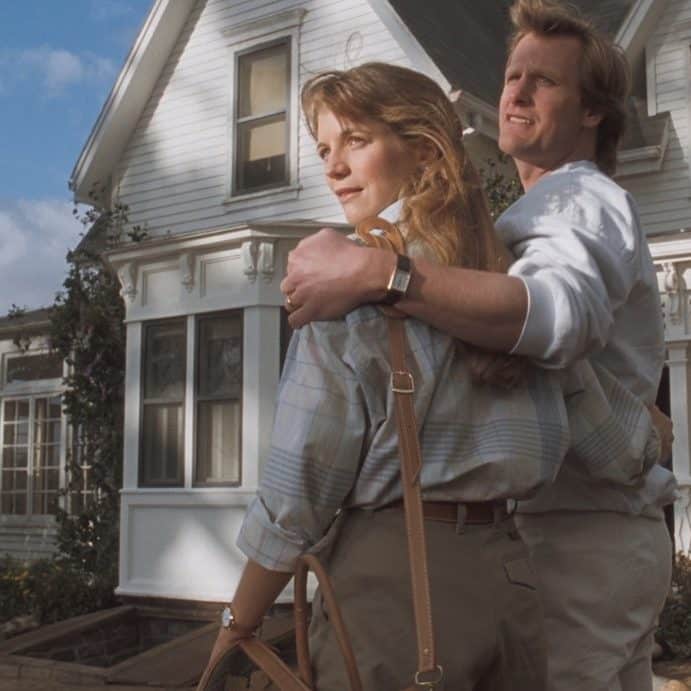
For two days of the shoot, Daniels was trapped under a 250-pound wine rack in incredible heat. And, given that it took place at the end of production, the fatigue we see on Daniels’ face is most definitely real!
[rtk_adunit_bottom]
8. Throwing the wine doesn’t make sense
For the final battle between Jennings and the General, a lot of wine was used. It’s hard to believe that Daniels was smashing dozens of bottles of high quality Chenin Blanc, but there was enough golden liquid thrown to get the point across: Jennings is trying to exacerbate the fire and trap the General in it.
[rtk_adunit_top]
Jennings is also trying to destroy the burgeoning egg sac and rid Canaima of its spider crisis for good – presumably he doesn’t care about burning the house down since it’s already been gutted by the creepy crawlies anyhow. Insurance doesn’t cover that sort of thing anyway.

Unfortunately for Jennings, however, that isn’t how wine works. Since white wine tends to have a percentage alcohol level between 10% and 13%, it misses the volume needed to burn by some distance.
[rtk_adunit_middle]
For an alcoholic drink to burn in a typical situation, it needs to be 100 proof, or roughly 49% alcohol, which in typical in vodkas and whiskeys, but around four times as much as the level in wine.

In fact, since egg sacs are incredibly flammable anyway, having Jennings douse them in liquid would in fact make them harder to ignite, and in the real world the good doctor would rapidly become arachnid food. Thankfully, it’s Hollywood.
[rtk_adunit_bottom]
7. Sheriff Parsons dies off-screen

Every small town horror film needs a small town sheriff, and Parsons (Stuart Pankin) fills that role admirably. Well, he certainly fills it temporarily. After Ross Jennings alerts Atherton, he in turn has the sheriff take him to the Jennings family’s barn to investigate the strange web patterns that have been developing inside.
[rtk_adunit_top]
Parsons drives off, leaving Atherton at the mercy of the alpha spider, which kills him. And then, Parsons is never seen again.
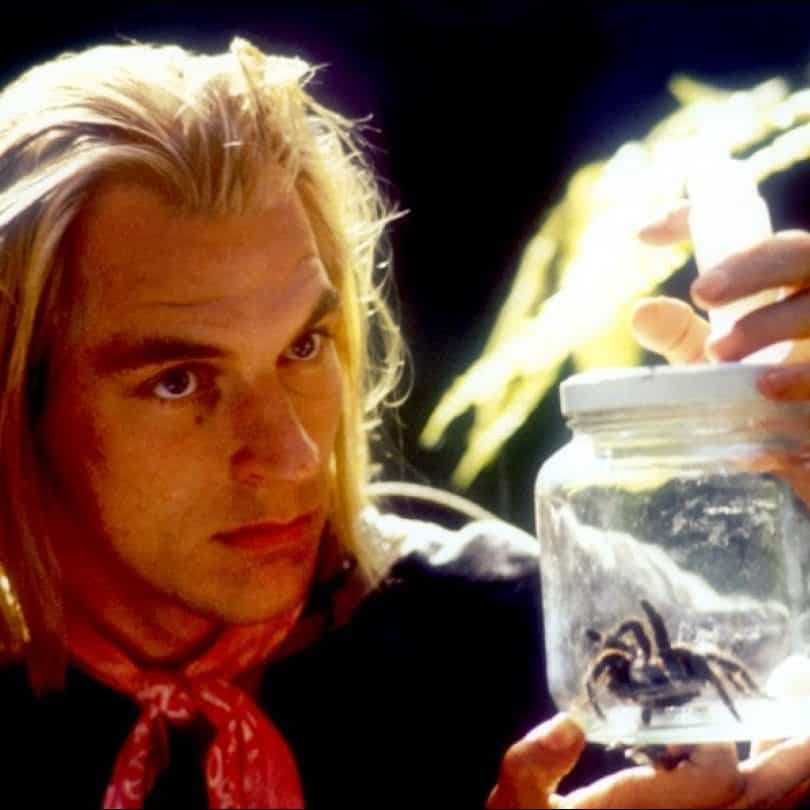
It’s something you could quite easily miss or forget about; you’d be forgiven for assuming that he was busy elsewhere, especially as the action begins to ratchet up and we’re far more focused on Jennings’ climactic battle. But it turns out that Sheriff Parsons had a very unfortunate fate that never made it into the theatrical cut of the film.
[rtk_adunit_middle]
According to a podcast interview, Stuart Pankin revealed that the death of his character was indeed filmed but left on the cutting room floor. As Parsons drives away, a spider crawls out of a crevice in his car and kills him, leading to a spectacular crash.

The reason for the scene being cut isn’t given, which is interesting given that it sounds like an expensive sequence to have filmed, only not to use it. However, it’s likely that the scene was left out to concentrate on Ross Jennings and his discovery of the dead Margaret Hollins, rather than the sheriff to whom the audience hasn’t had time to relate.
[rtk_adunit_bottom]
6. It performed well at the box office, but confounded critics
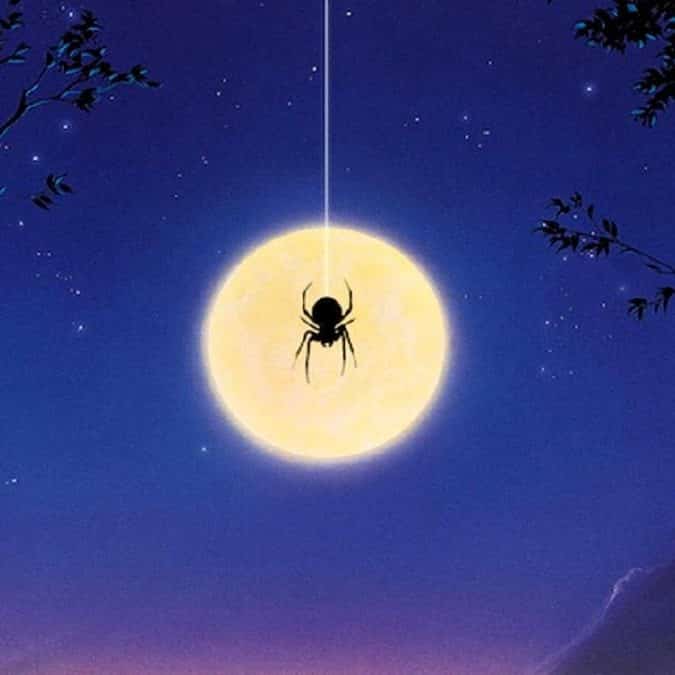
Being filmed under an entirely new label, divergent from the predominant children’s entertainment company, and being directed by a first-time director, the risk of backing Arachnophobia was high, and the chances of a flop easily envisioned.
[rtk_adunit_top]
Surprisingly, however, for a film squarely focused on eliciting the worst fears of as many as every 1 in 16 people, Arachnophobia was a solid box office success.

Even more impressively, the film grossed $8 million in its opening weekend, placing third behind intense competition from Ghost and Die Hard 2, and went on to achieve $53.2 million worldwide from an initial $22 million budget.
[rtk_adunit_middle]
Confusingly, however, the film was marketed as a ‘Thrill-omedy’, as producers failed to agree on whether to pursue a broader family audience or to cash in on an established horror market.
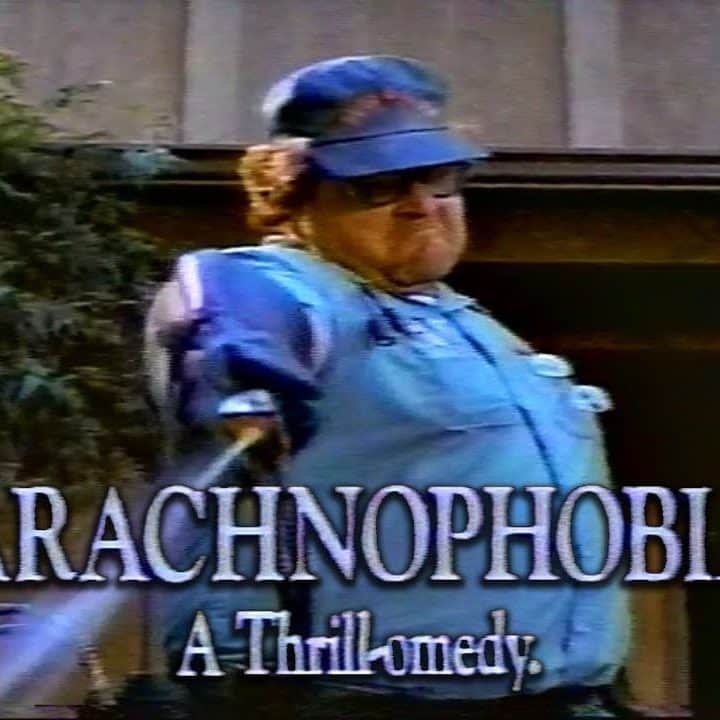
As a result, the film received a generally positive response from critics, but one that noted the strange toothlessness of a film that features thousands of little mandibles.
[rtk_adunit_bottom]
5. There could be a remake out soon
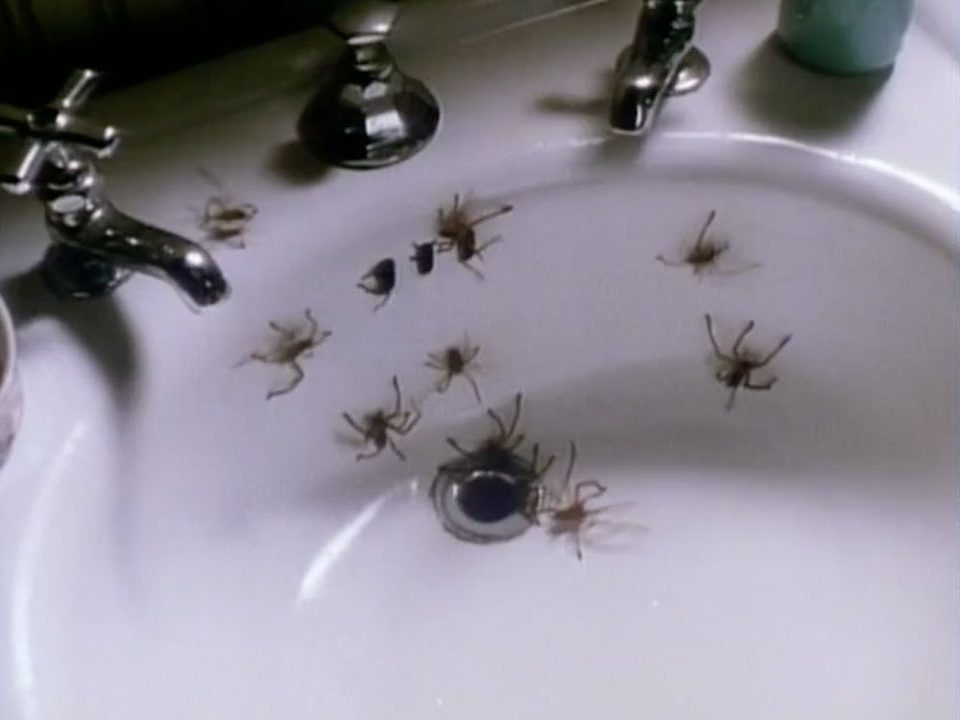
It feels like every Disney film is getting a remake these days, but few will have tipped dark comedy Arachnophobia to receive a 21st century makeover alongside some of the studio’s biggest hitters like The Lion King and The Little Mermaid.
[rtk_adunit_top]
But get your insecticide ready, because there are rumours swirling that a new version of Arachnophobia is set for cinemas, produced by horror legend James Wan.

Wan is best known for directing Saw (2004), Insidious (2010), The Conjuring (2013), and then broke out of the horror mould by directing action-comedy movies like Furious 7 (2015) and Aquaman (2018).
[rtk_adunit_middle]
It seems Wan won’t be directing the film, but producing it through his studio, Atomic Monster, according to Deadline.

However, since reports emerged in 2018, few details have been released, meaning we could be waiting on a remake for a while.
[rtk_adunit_bottom]
4. The movie was inspired by 1977’s Kingdom of Spiders
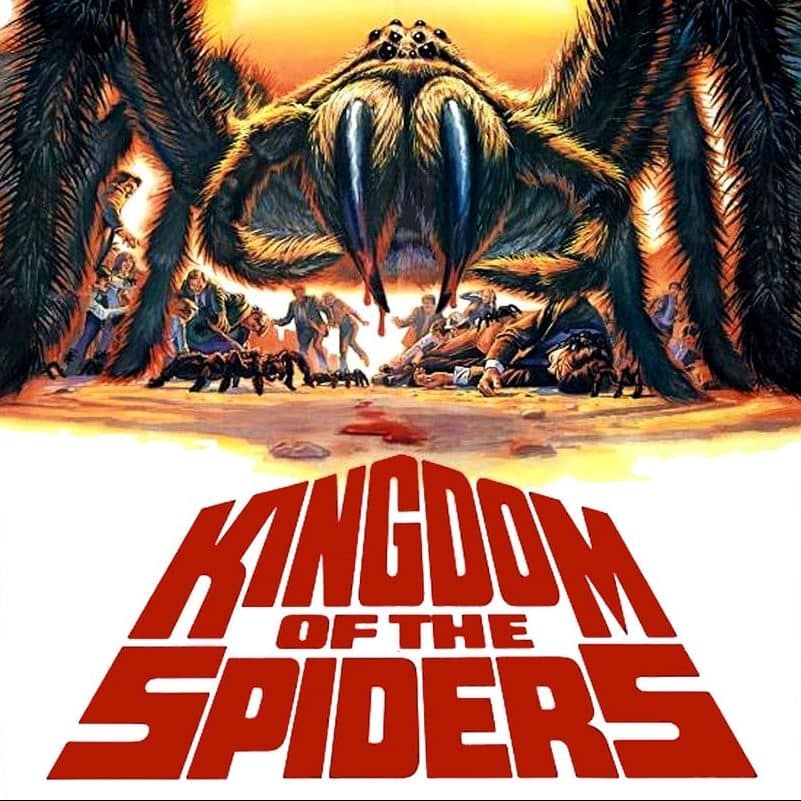
While Arachnophobia was a major departure from Disney’s usual fare, it wasn’t the first spider-focused horror to hit cinemas – not by a long shot.
[rtk_adunit_top]
The first landmark spider movie was the science fiction classic Tarantula! (1995) – exclamation mark included – which features a plot about the genetic modification of animals that goes predictably and horribly wrong, leading to an enormous tarantula that terrorises Arizona and which is impervious to firearms and dynamite.
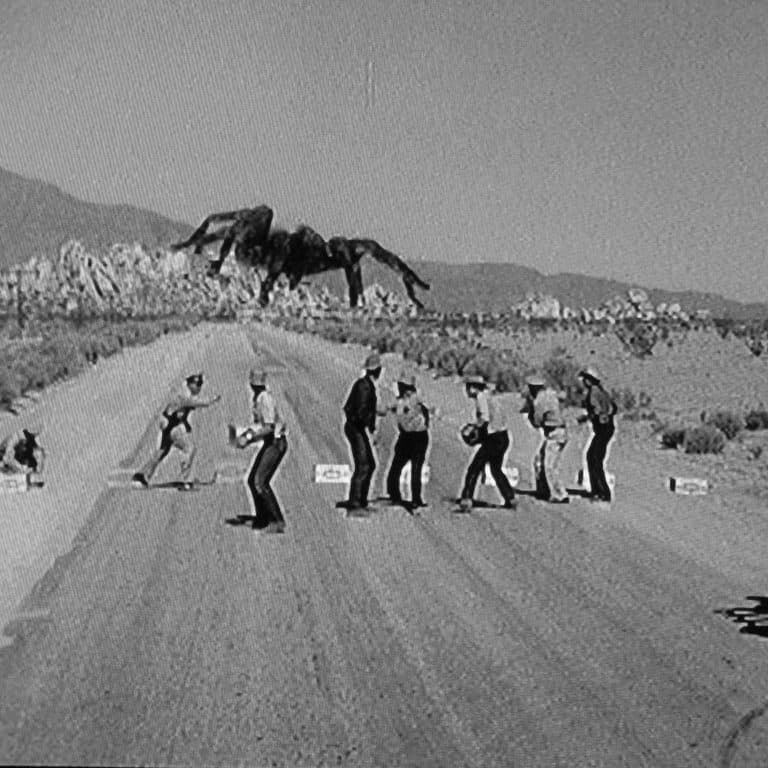
However, while Tarantula! was exceptionally well received, it wasn’t the kind of film that Marshall wanted to make, with him preferring instead to draw on a less critically adored but nonetheless popular movie: The Kingdom of Spiders.
[rtk_adunit_middle]
Starring William Shatner, the film has a plot that bears a significant resemblance to Arachnophobia. Deadly tarantulas have been banding together due to the overuse of pesticides, and swarm a rural town – and it’s set in Arizona.
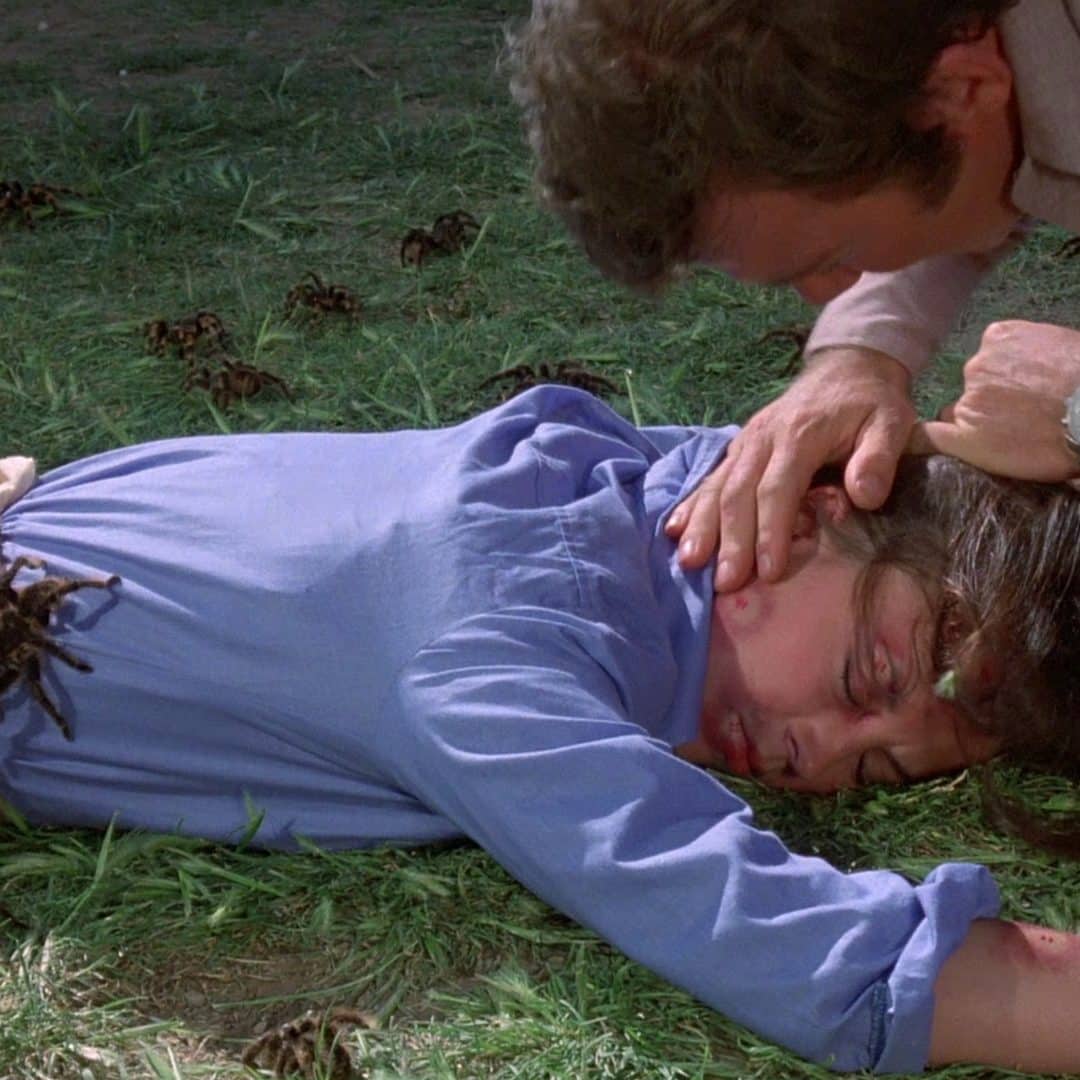
In fact, the general similarities are so apparent that producer Igo Kantor reportedly said in an interview with Fangoria, “I thought it was a copy, but you don’t go and sue Spielberg!”
[rtk_adunit_bottom]
3. There were concerns the film could damage the reputation of spiders
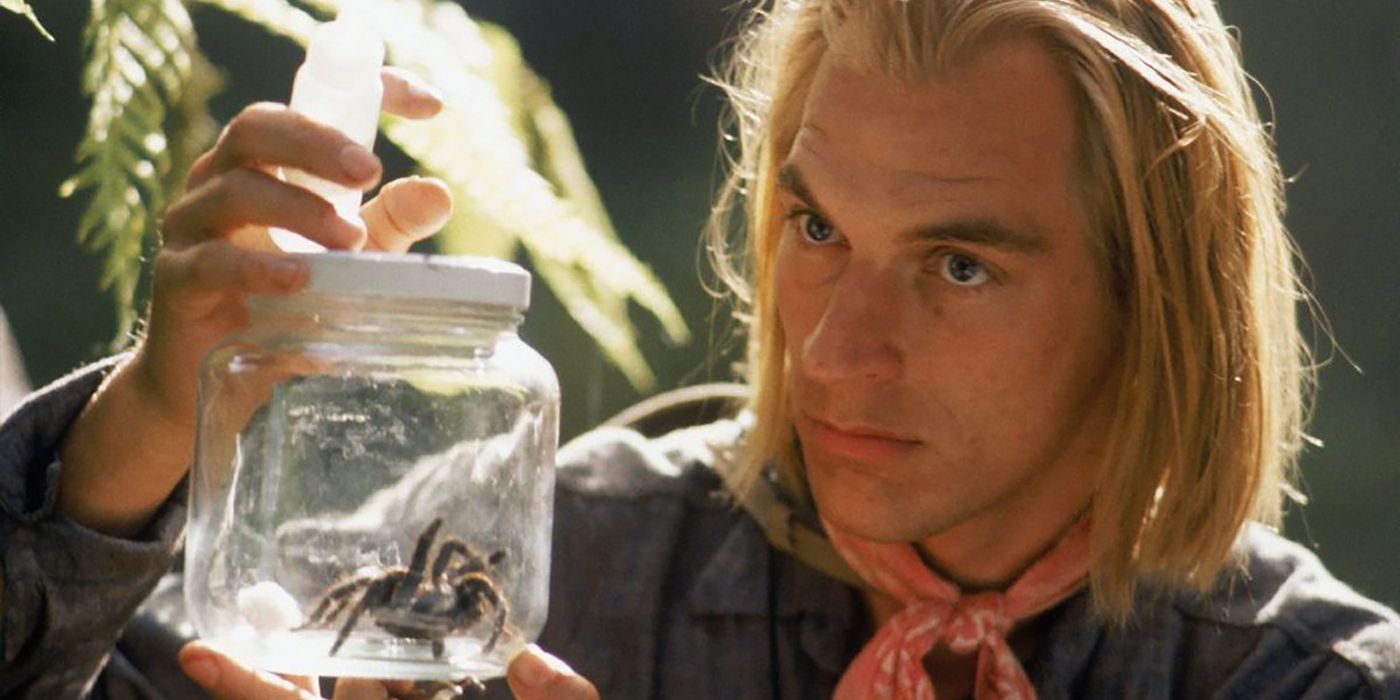
It’s hard to believe, given that spiders have been the victims of bad PR for centuries, but there were genuine concerns upon the general release of Arachnophobia that the movie could do untold damage to the reputation of arachnids.
[rtk_adunit_top]
As per an interview with Steven R Kutcher in the LA Times: “‘The movie is made for entertainment,’ he says, making it clear that none of the known species of tarantulas are deadly to humans and that the alarming entomological implications of the movie are strictly fanciful.

“‘Why would a spider attack a person?’ Kutcher reasons. ‘They only attack for food or for defense.’ Nor can they ‘think’ like Big Bob, the scientist adds. ‘Spiders think about flies if they think about anything.'”
[rtk_adunit_middle]
Nonetheless, spider fans were outraged by yet another creature feature condemning their eight-legged friends as vociferous killers, as featured in the Jennie Punter article ‘Hope Thrill-omedies Disappear As Fast As This Film’, written soon after the picture’s release.
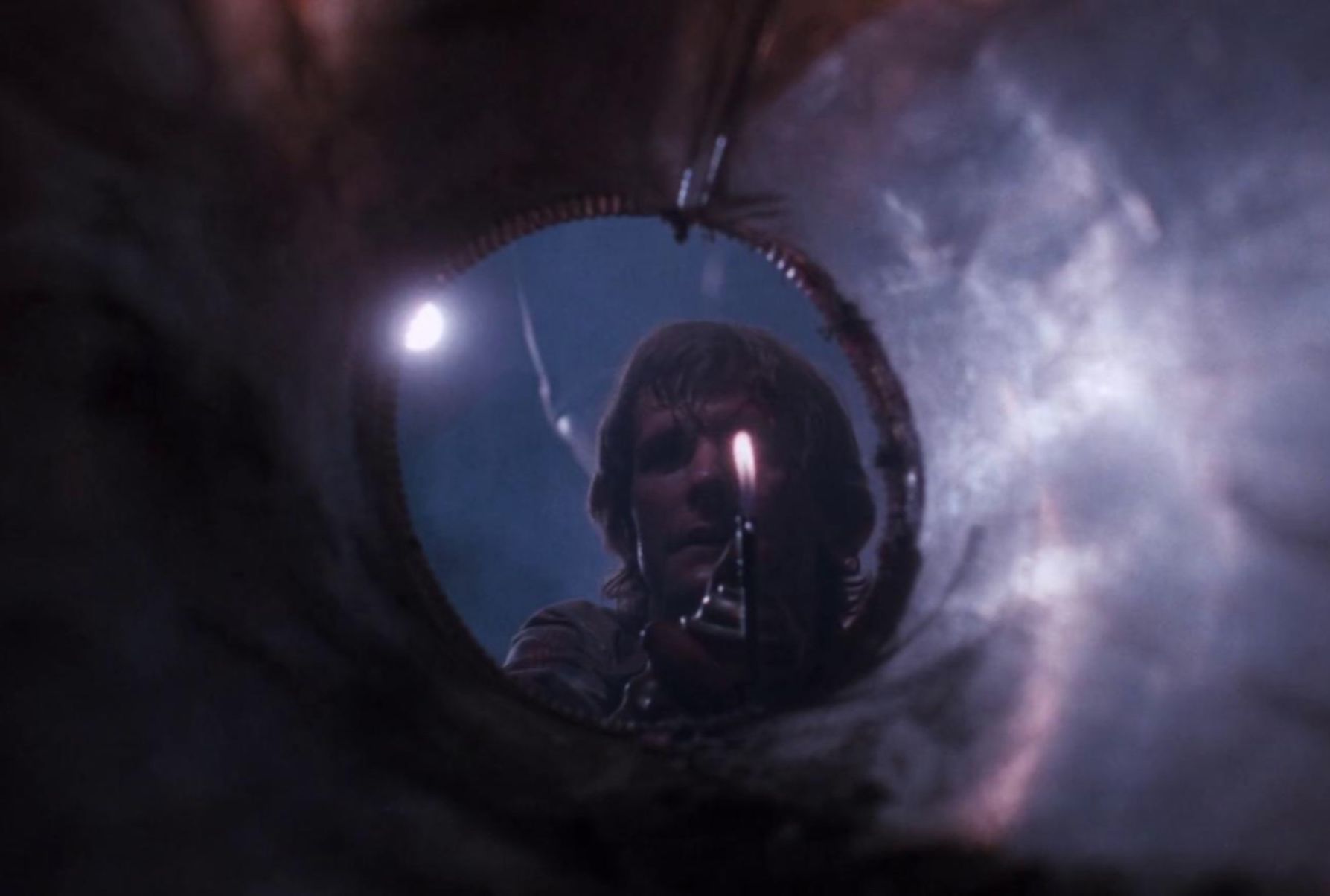
It’s certainly possible that the movie inspired a whole new generation of arachnophobes – and, not only that, but it gave them the exact way to describe themselves in the title.
[rtk_adunit_bottom]
2. The video game released the same year

Video game adaptations are ubiquitous nowadays, but not so in 1990 – and in general not with the turnaround rate that Arachnophobia achieved.
[rtk_adunit_top]
Developed by BlueSky software, best known for sports games, and releasing on the MS-DOS, Commodore 64, Amstrad CPC, and Amiga, the video game version of Arachnophobia has the player control Delbert the exterminator as he attempts to overcome the infestation (there’s no appearance by Daniels’ Ross).
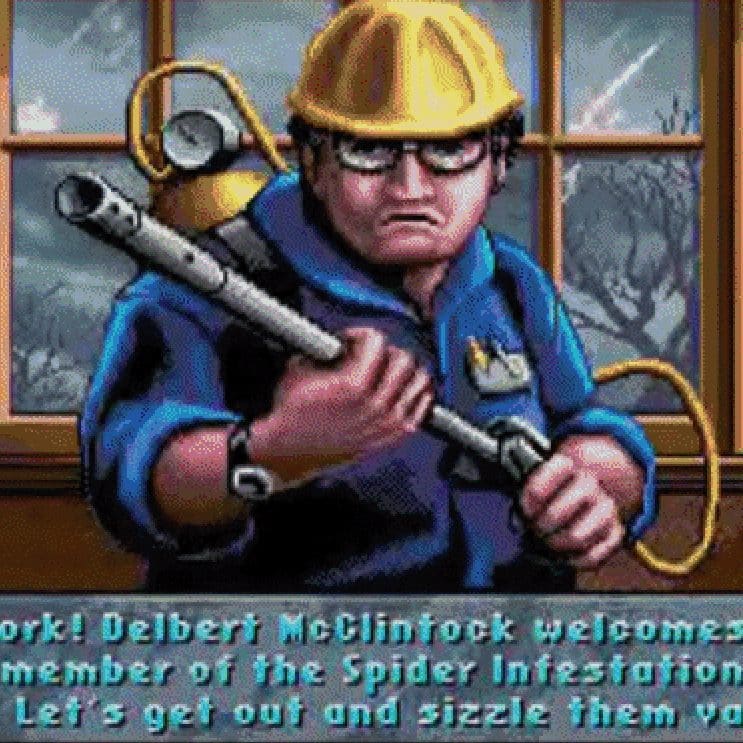
In the game, Delbert goes far beyond his town of residence, and must shoot at and clear the killer spiders from six other towns – featuring punny names like Arachton and Infes Station. If the player runs out of insecticide, however, they’re returned to the start of the level.
[rtk_adunit_middle]
Once all levels and bosses have been bested, Delbert is hired by Atherton to go to Venezuela and wipe out the spiders for good, at the source.

It’s a little hard to imagine a naturalist like Atherton advocating the complete genocide of an entire species – and hiring a local pest control man to do the job alone – but back in the day you couldn’t fit a complicated plot into an Amiga game, so it’s a South American holiday for Delbert.
[rtk_adunit_bottom]
1. Frank Marshall held ‘Spider Olympics’ to find his spider cast
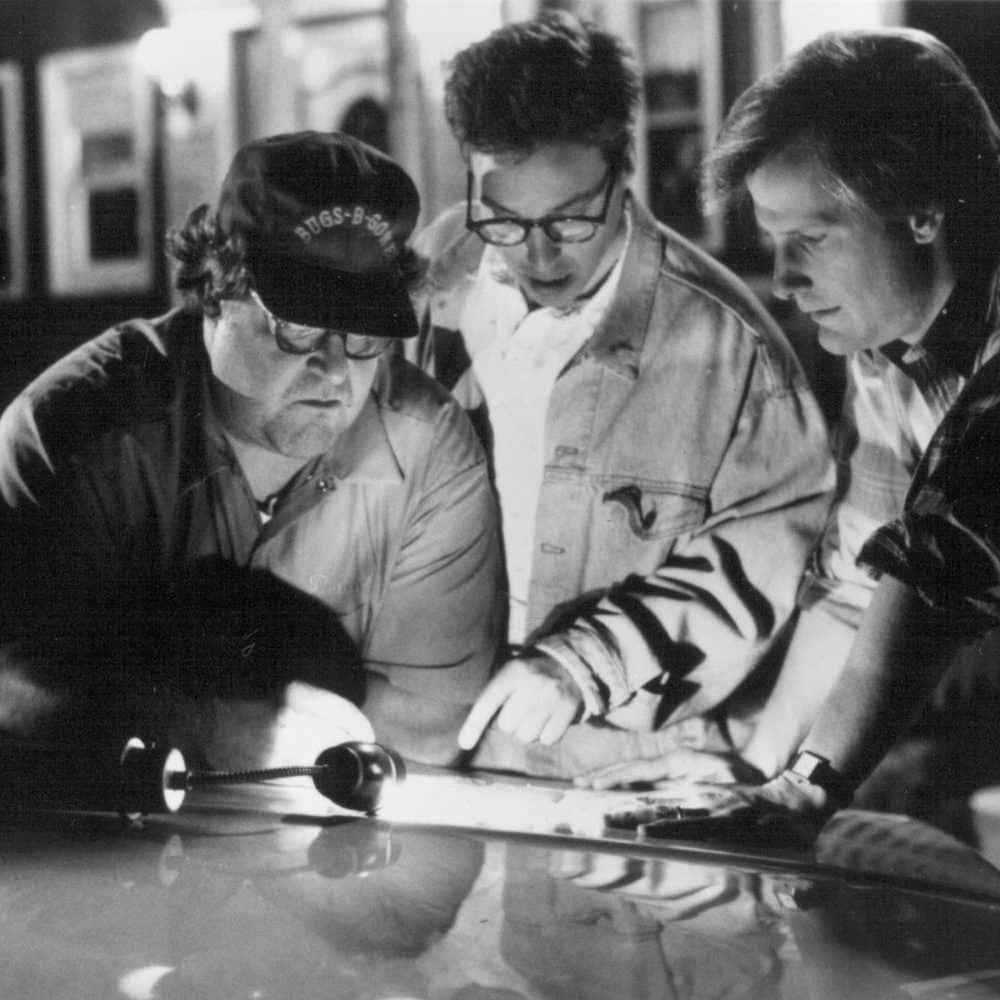
While Frank Marshall and team eventually settled on the Avondale spider for use in the movie – seeking specifically to avoid tarantulas, whose ‘deadliness’ and intimidating appearance had already inured the market through overuse – they weren’t entirely sure what kind of spider to pick to star.
[rtk_adunit_top]
To solve this problem, Marshall came up with an ingenious, if a little eccentric, solution: hold a so-called “Spider Olympics” in to pit the species against each other.
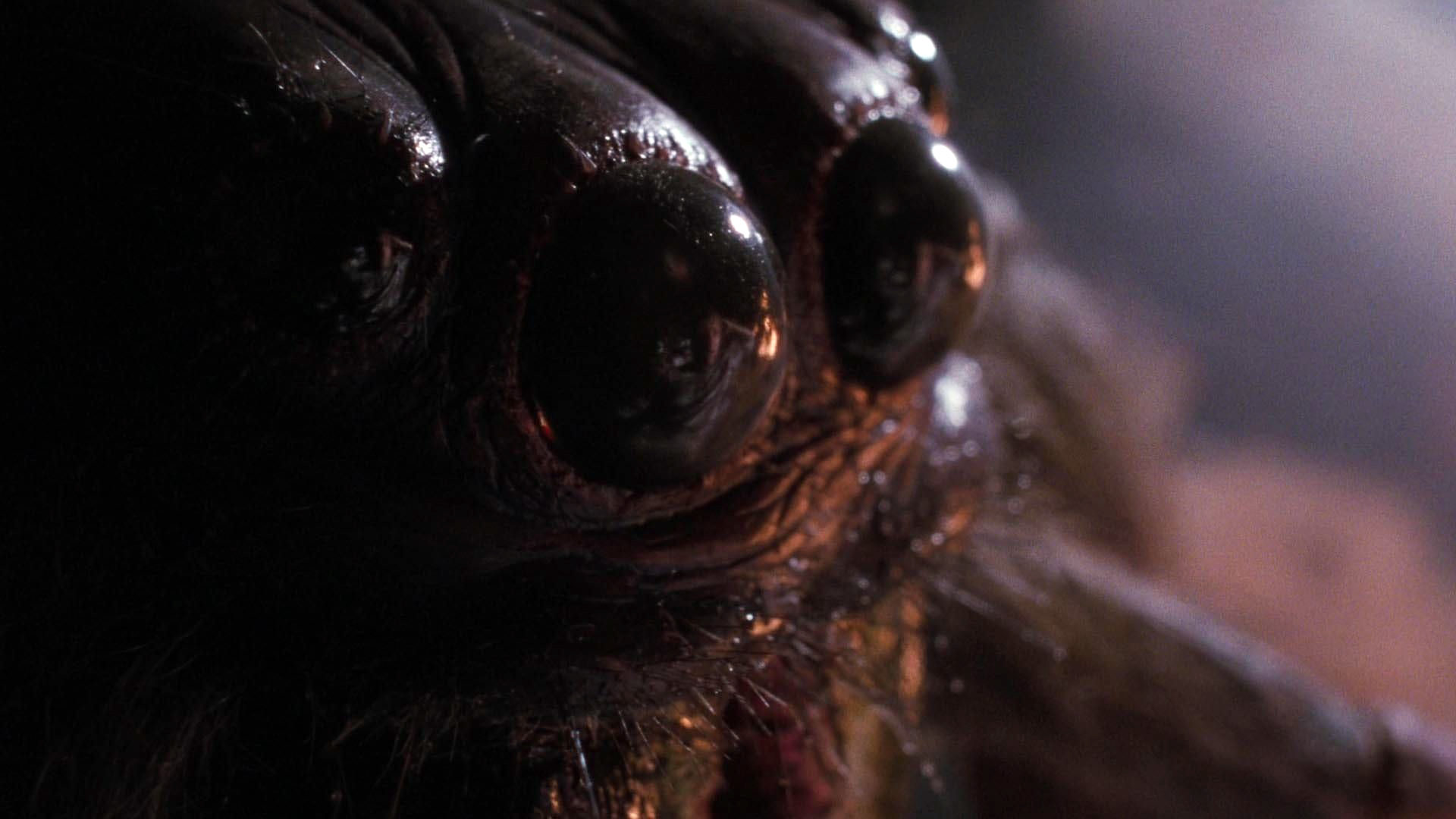
There were apparently ten events, including: a speed test, a climbing test, a cooperation test, and testing for reactions to heat and cold.
[rtk_adunit_middle]
Among the many species of spider competing were the Avondale, wolf spiders, and huntsmans. The ultimate winner was of course the Avondale, whose frightening appearance (but harmlessness) appealed to Marshall: it was scary, and could run quickly, but looked very different to the lumbering tarantulas that he had seen in other creature features.
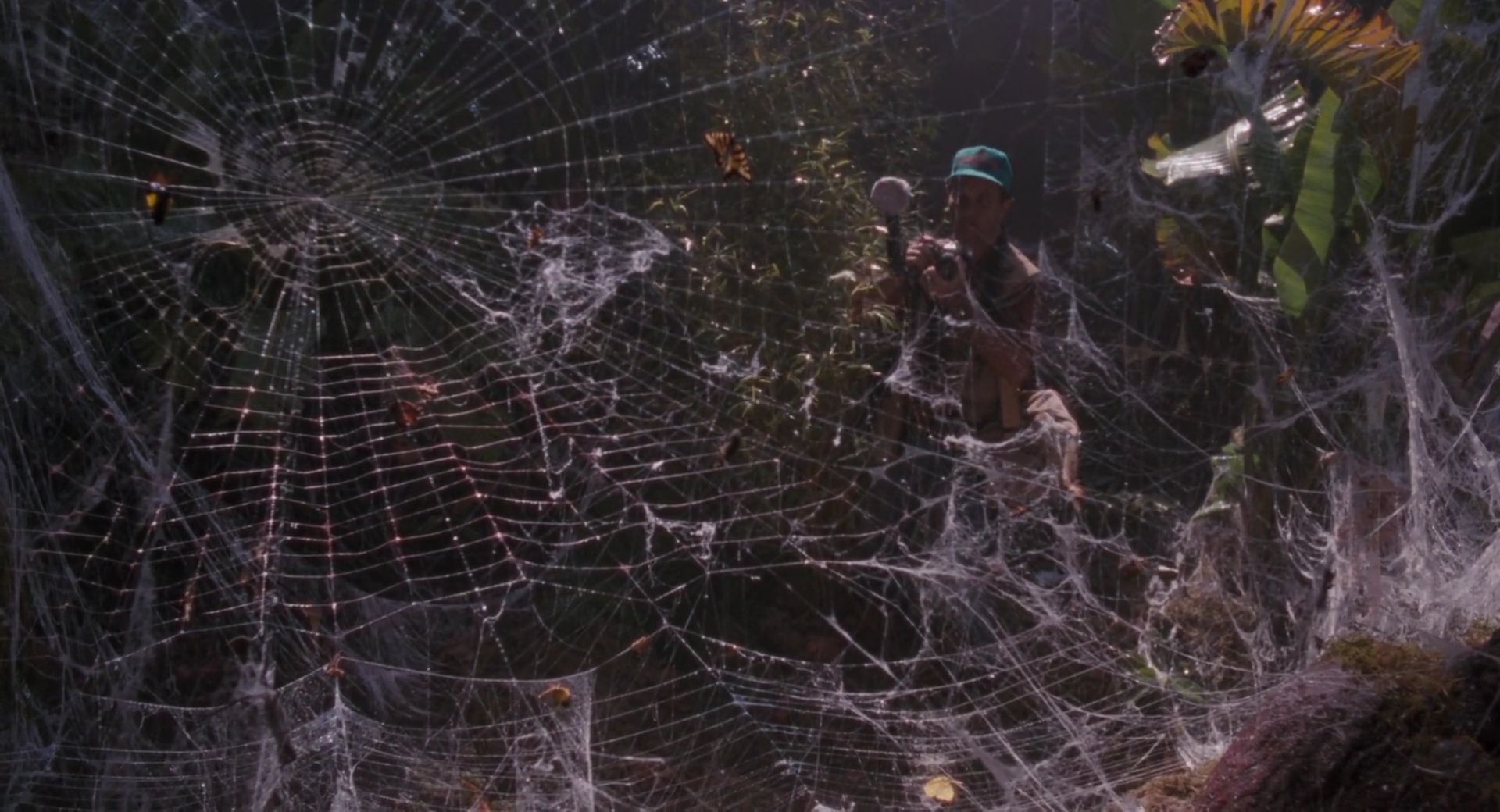
“We got them all little passports,” said Marshall of the initial 300 winners, referring to the difficult bureaucracy of importing live creatures, a process they had to go through several times as spiders died of old age over the course of filming.
[rtk_adunit_end]

